Complete Nclex Next Gen Online Course Review Includes
Course
Qbank
Flashcards
Nclex Math
EKG Review
Stronger Results
Evidence-based concepts and facts for Nursing
Enhance your clinical judgement skills for the exam
PricingNCLEX Plans
- 20 NCLEX Qbank Questions
- 2,700+ NCLEX Mock Ques
- Mock Assessment 1
- 150 Assessment Questions
- 2,700+ NCLEX Mock Ques
- Mock Assessment 1 & 2
- 300 Assessment Questions
- 2,700+ NCLEX Mock Ques
- Mock Assessment 1 & 2
- 300 Assessment Questions
- 2,700+ NCLEX Mock Ques
- Mock Assessment 1 & 2
- 300 Assessment Questions
- 2,700+ NCLEX Mock Ques
- Mock Assessment 1 & 2
- 300 Assessment Questions
- 2,700+ NCLEX Mock Ques
- Mock Assessment 1 & 2
- 300 Assessment Questions
- Mock Assessment 1
- 300 total questions
- 6 blocks - 50 ques per bloc
- Mock Assessment 1 & 2
- 600 total questions
- 12 blocks - 50 ques per block
- Mock Assessment 1 & 2
- 600 total questions
- 12 blocks - 50 questions per block
- 1,200+ digital cards
- 1,200+ digital cards
- 1,200+ digital cards
- Complete Online Course
- Qbank
- Assessment 1 & 2
- Flashcards
- EKG Online Review
- Complete Online Course
- Qbank
- Assessment 1 & 2
- Flashcards
- EKG Online Review
- 2,700+ NCLEX Qbank
- Full features
- 2,700+ NCLEX Qbank
- Full features
- 2,700+ NCLEX Qbank
- Full features
- 2,700+ NCLEX Qbank
- Full features
- 2,700+ NCLEX Questions
- Full features
- 2,700+ NCLEX Questions
- Full features
- 150 total Questions
- 3 blocks - 50 questions per block
- 300 total Questions
- 6 blocks - 50 questions per block
- 300 total Questions
- 6 blocks - 50 questions per block
NCLEX ® Mock Online Course Review Exam Strategies Above the Passing Standard
Blueprint NCLEX® Content
The UMock team provides nursing students with information that directly correlates to what is tested on the examination.
We Make It Easy To Learn
The UMock team is built on a foundation of exceptional exam performance and experience with distinguished nursing students from top universities.
Understand, Memorize and Recall Quickly
Add-on the Mock Assessment and Qbank with the UMock NCLEX® Course to gain a better understanding of subject material.
Comprehensive Review for Nursing
Each subject is thoroughly reviewed to provide the most accurate, uptodate, and high-yield content available.
Proven techniques built into the content
The course gives you an in-depth review of the most heavily tested subjects from the current outline.
Read The Core NCLEX® Online Review
We maximize the learning process to help you understand how to apply principles of clinical decision-making for nursing.
Exam Strategies
Concepts and principles that accurately correspond to the test plan
Focused Content
Every topic presents information essential for answering tough questions
Core Essential
Save time studying content written for exactly what you need to know



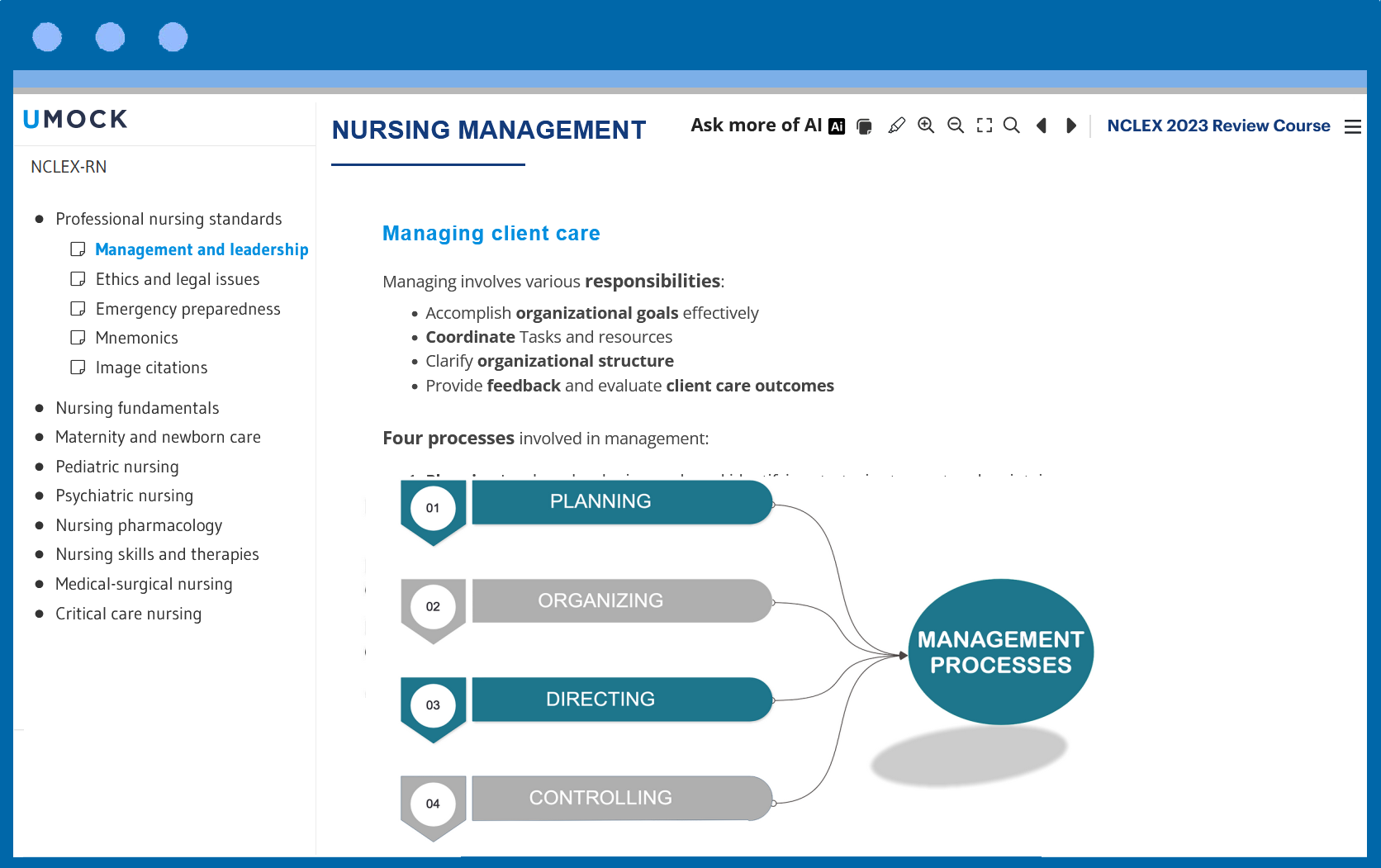
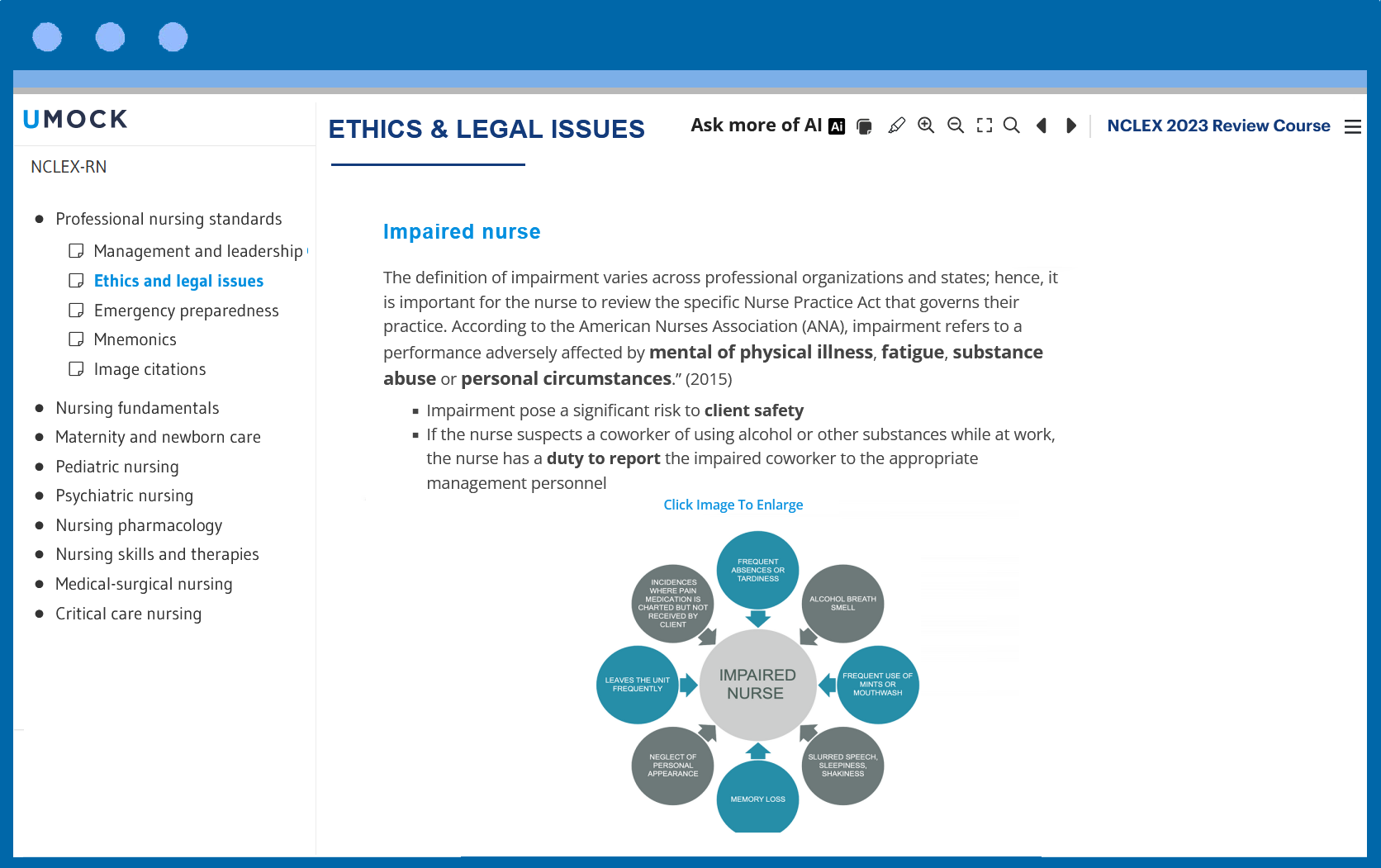
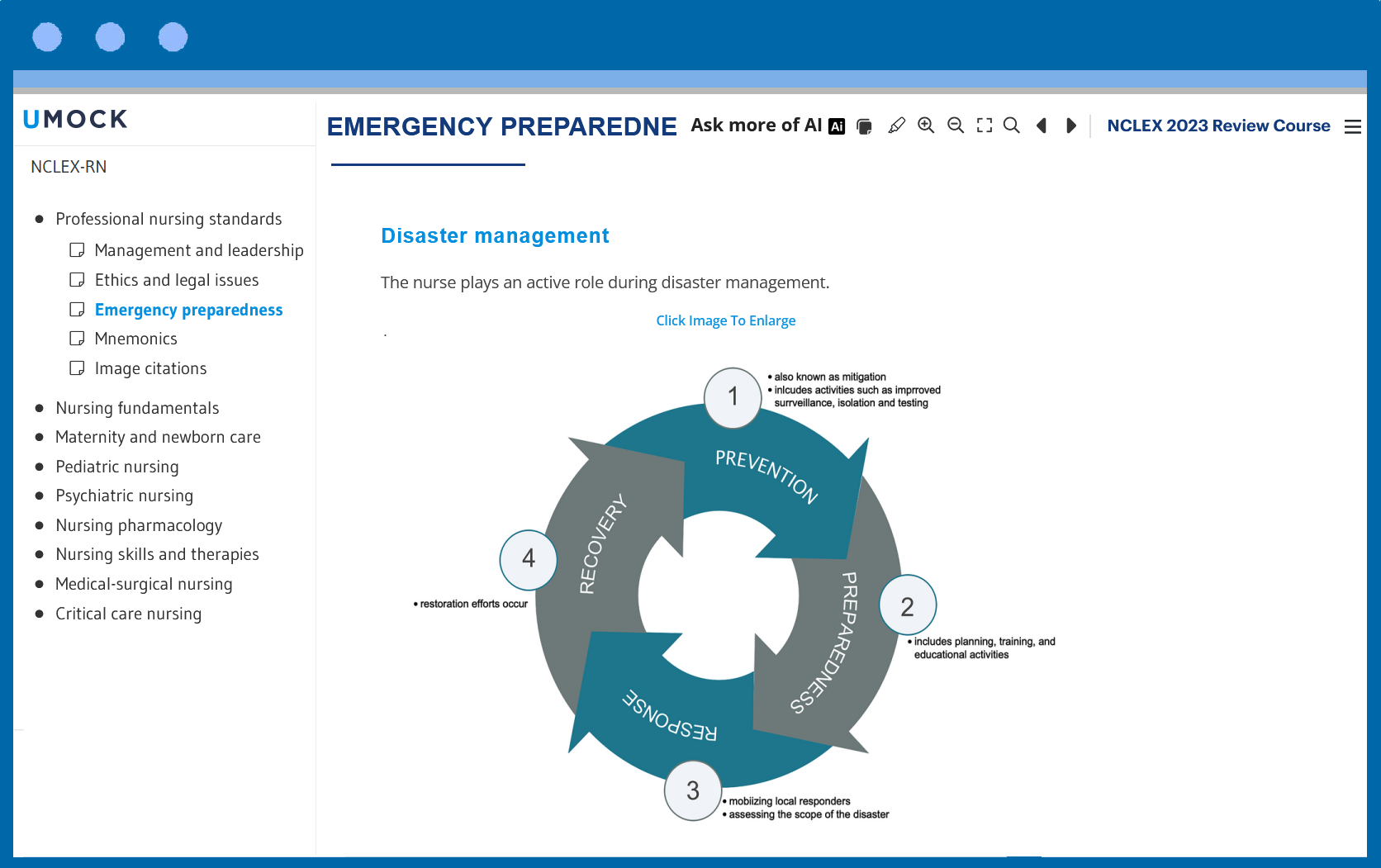

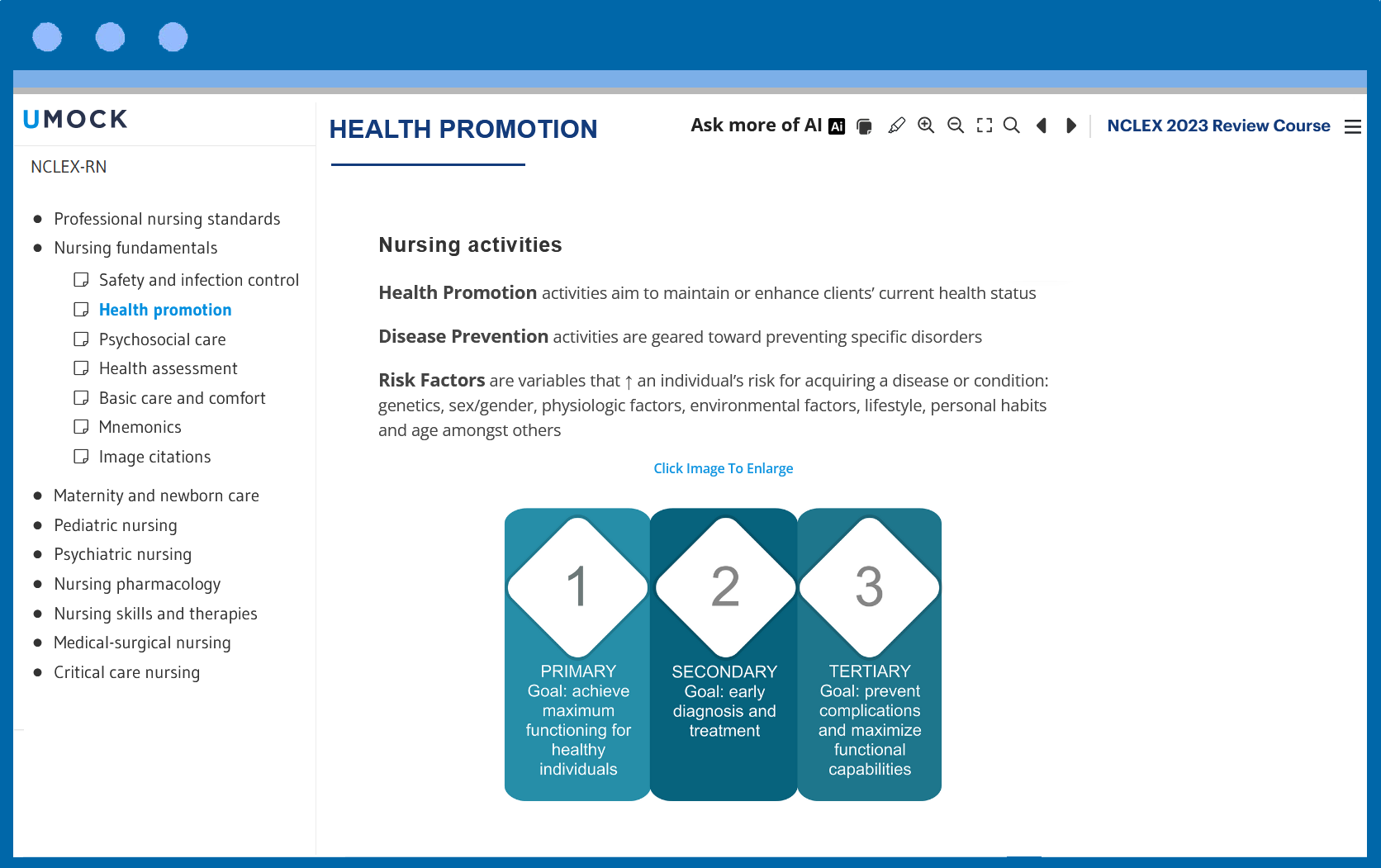






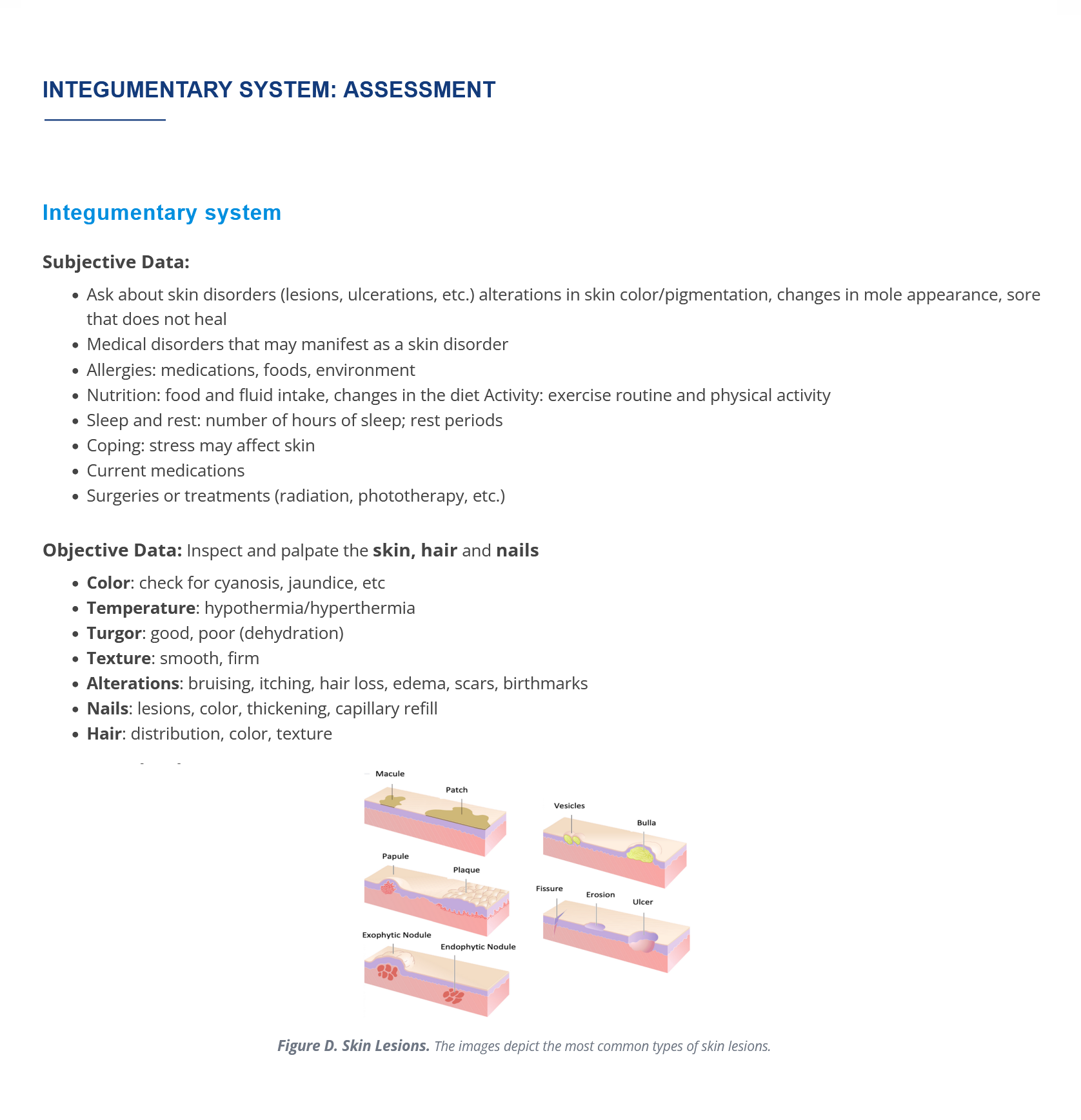
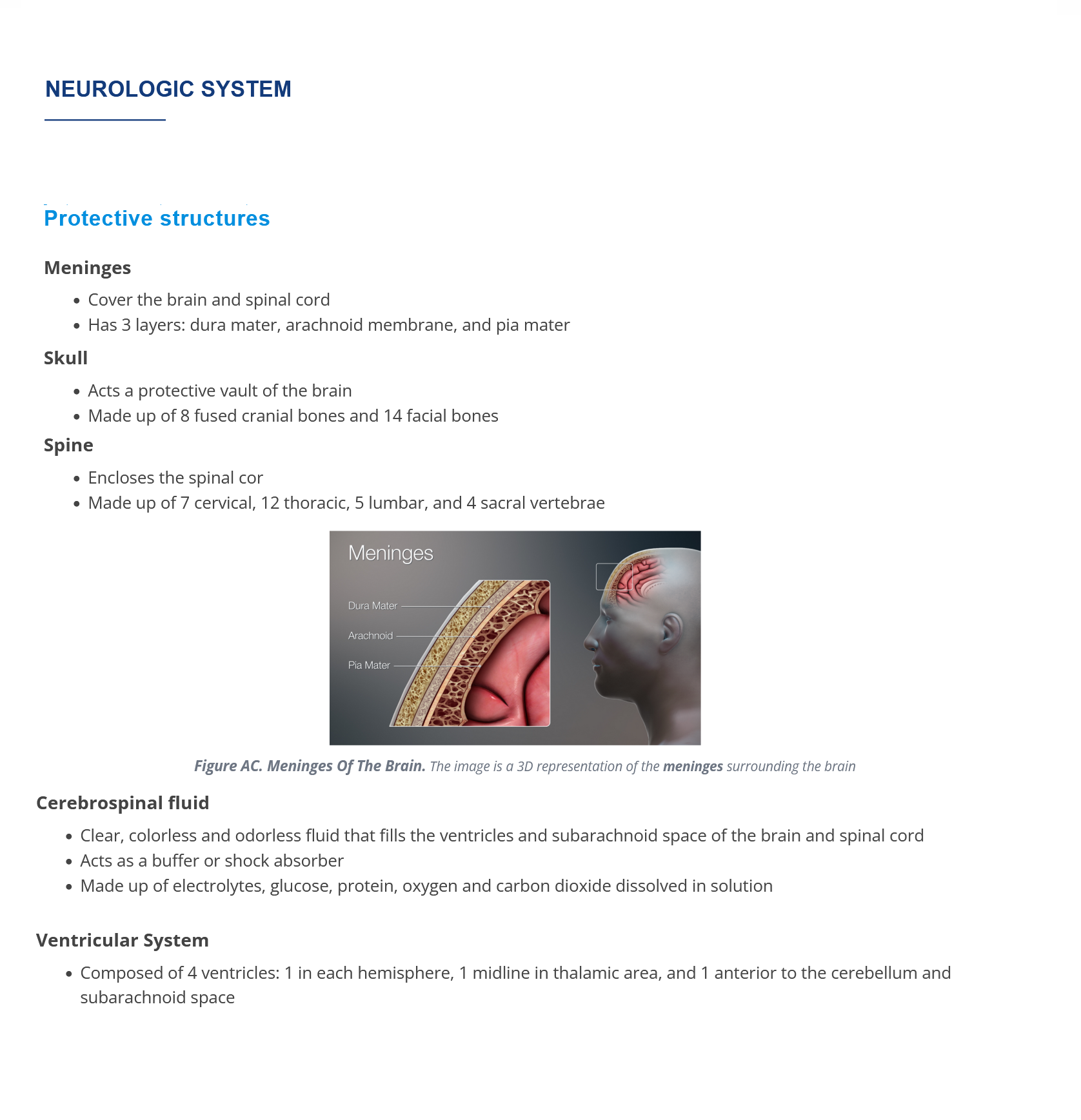
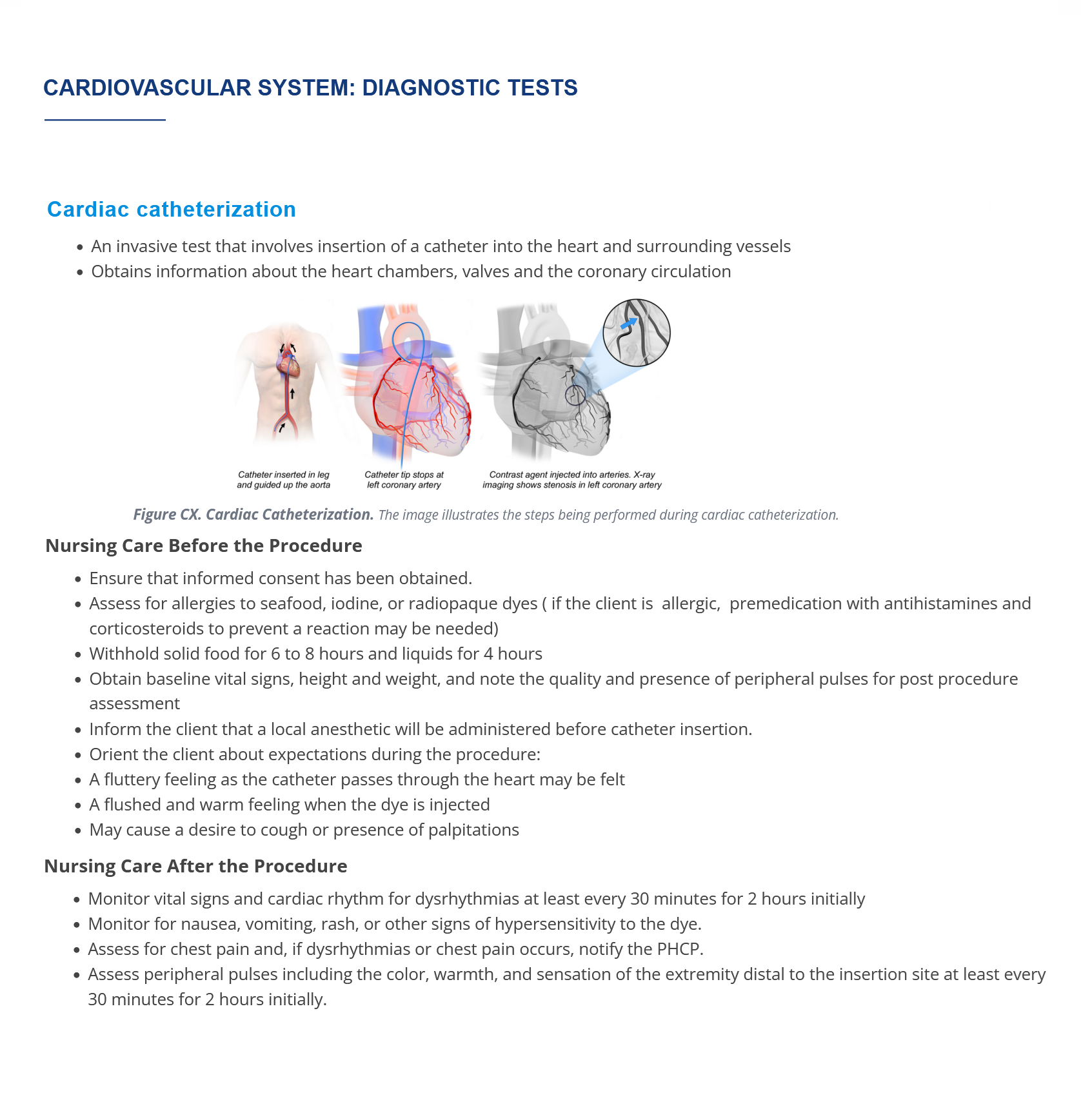
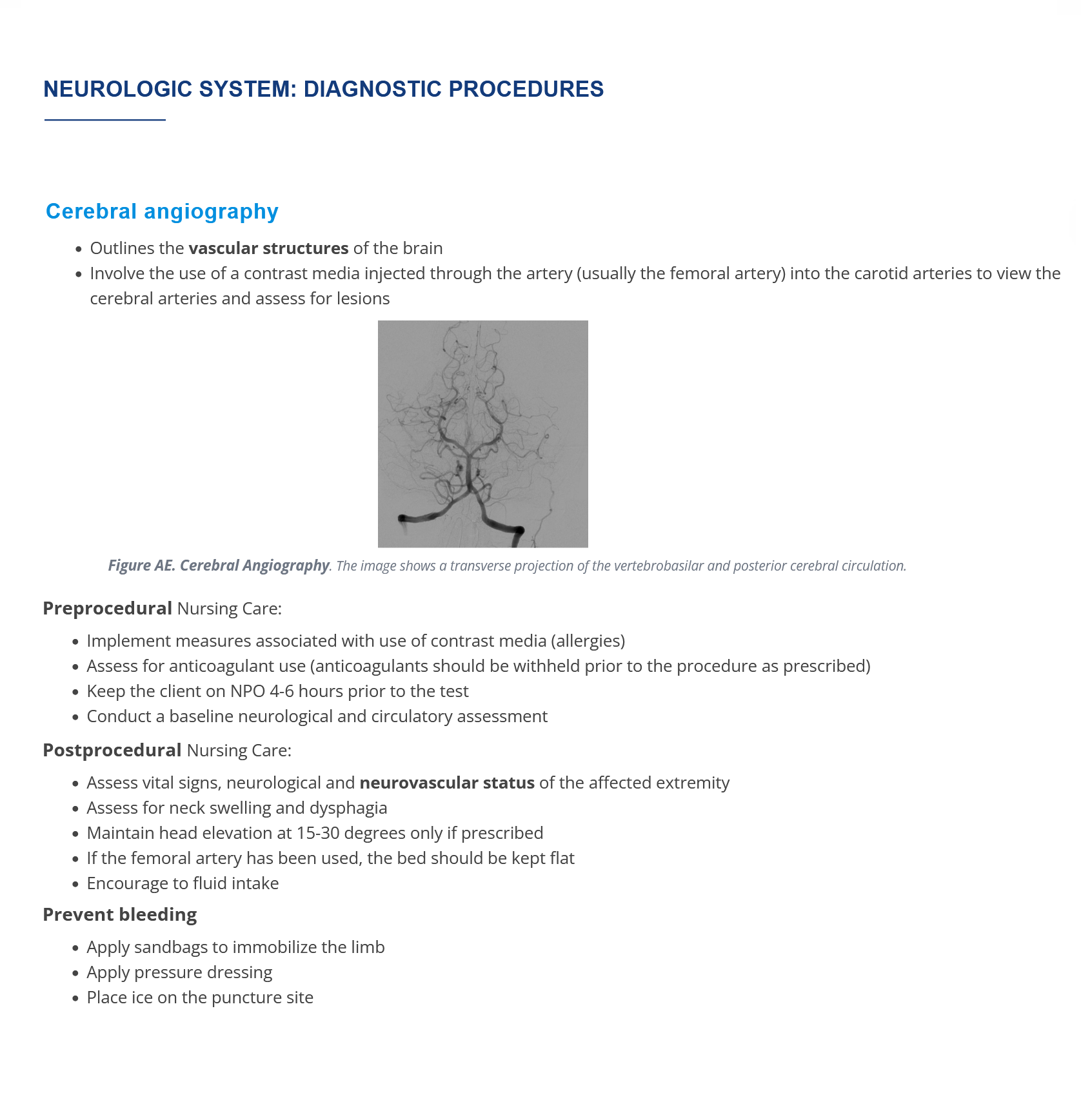









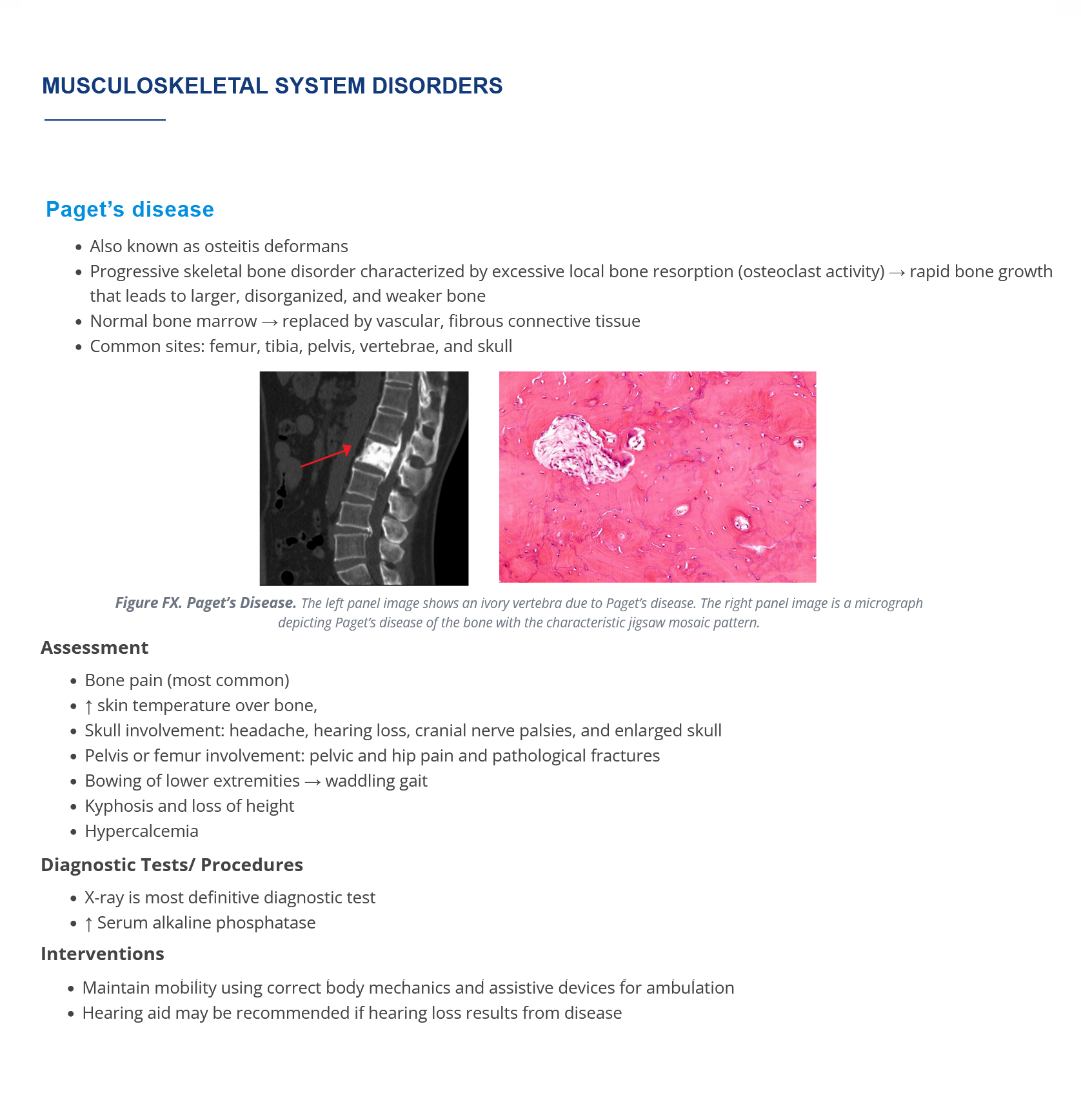
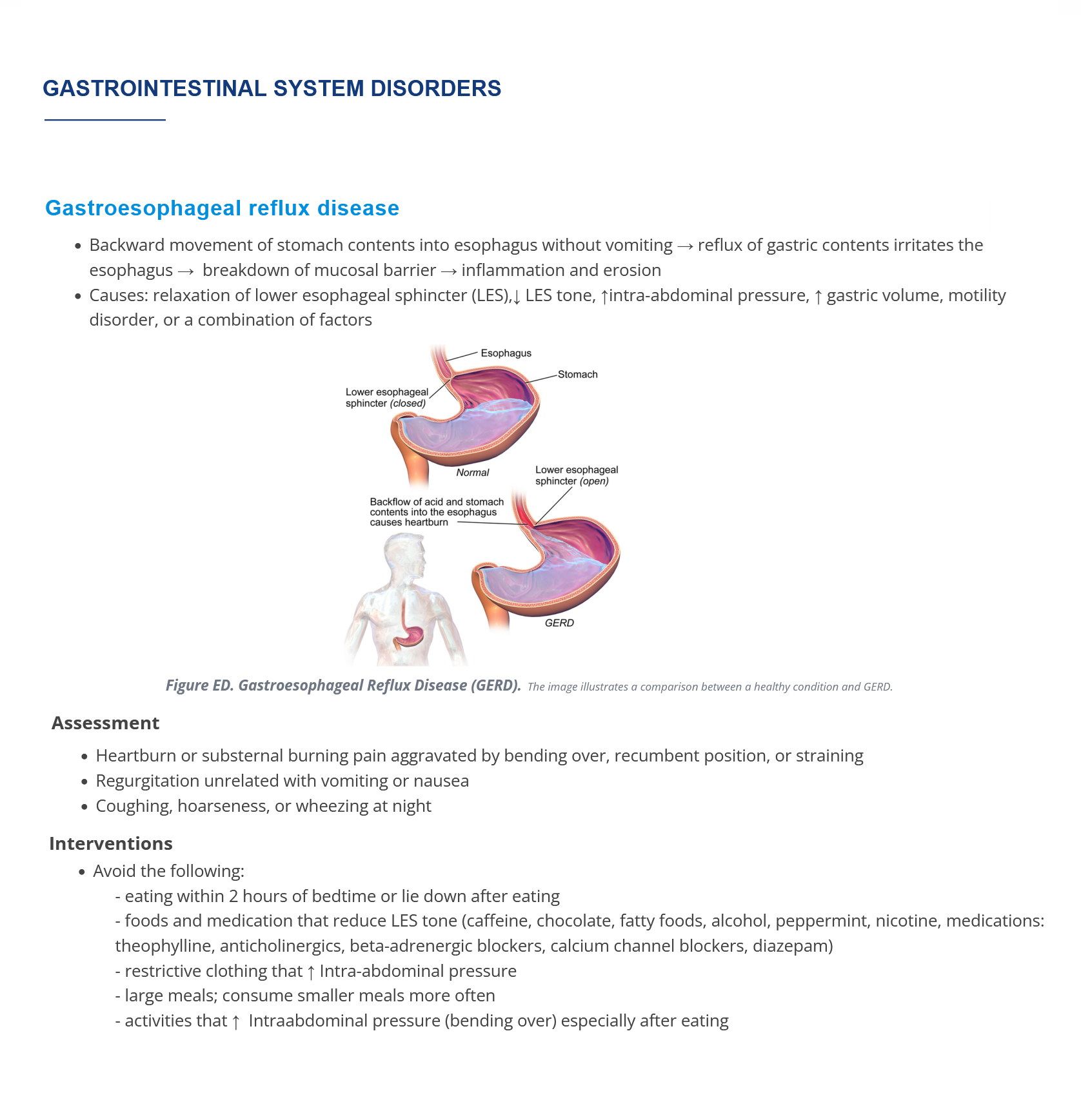



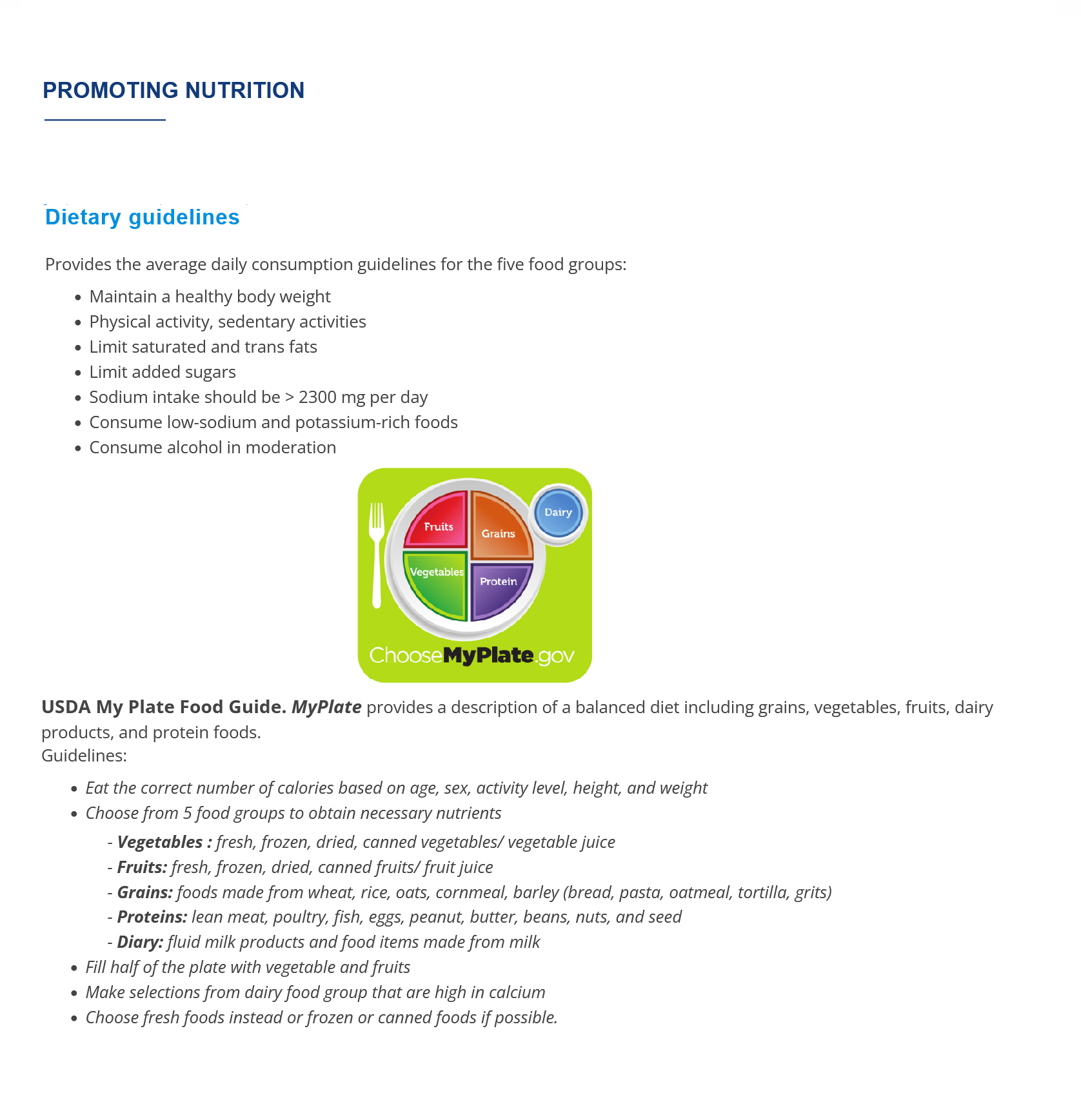




























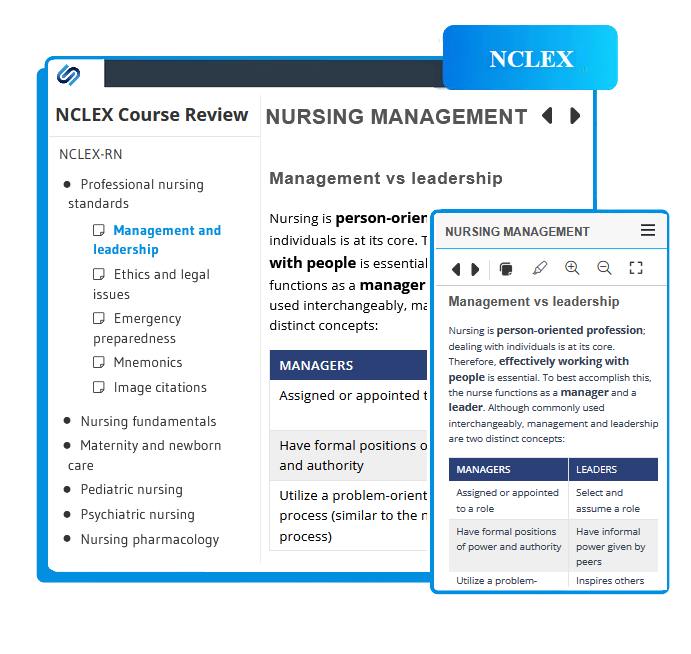
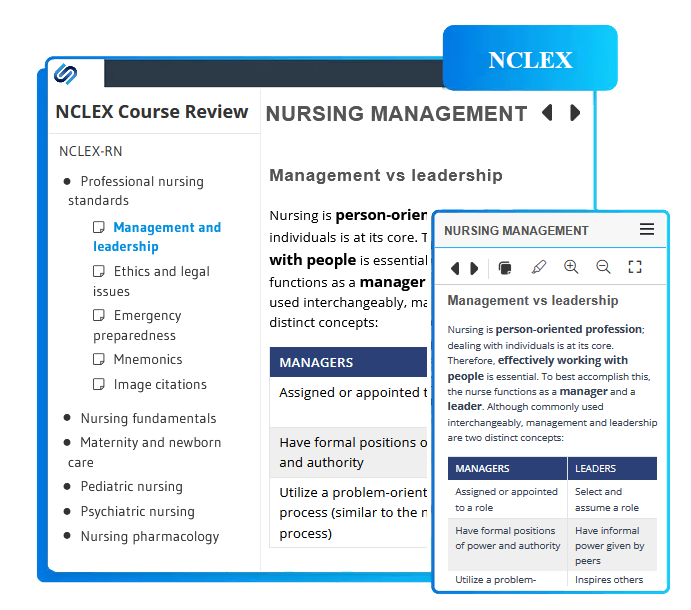
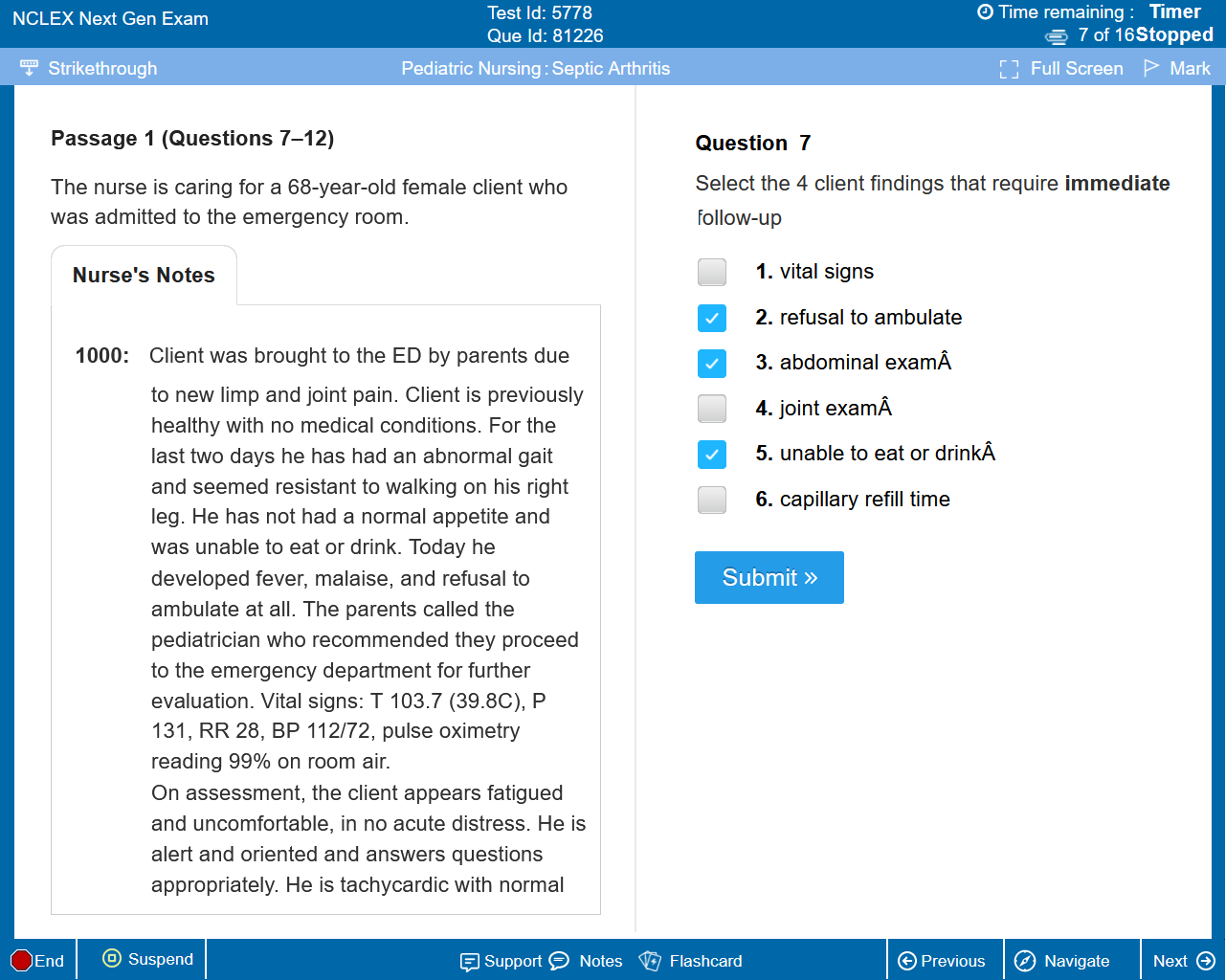
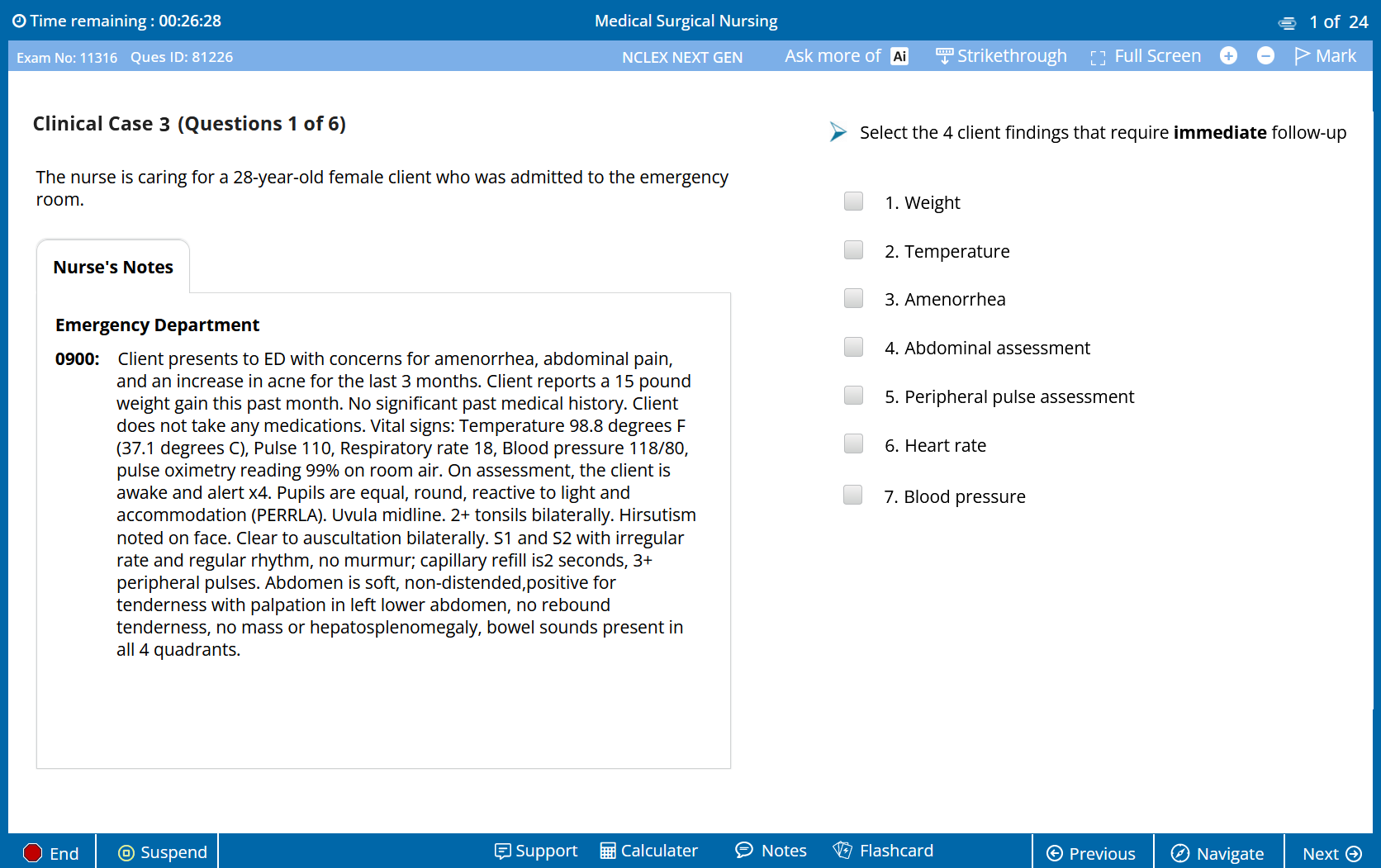
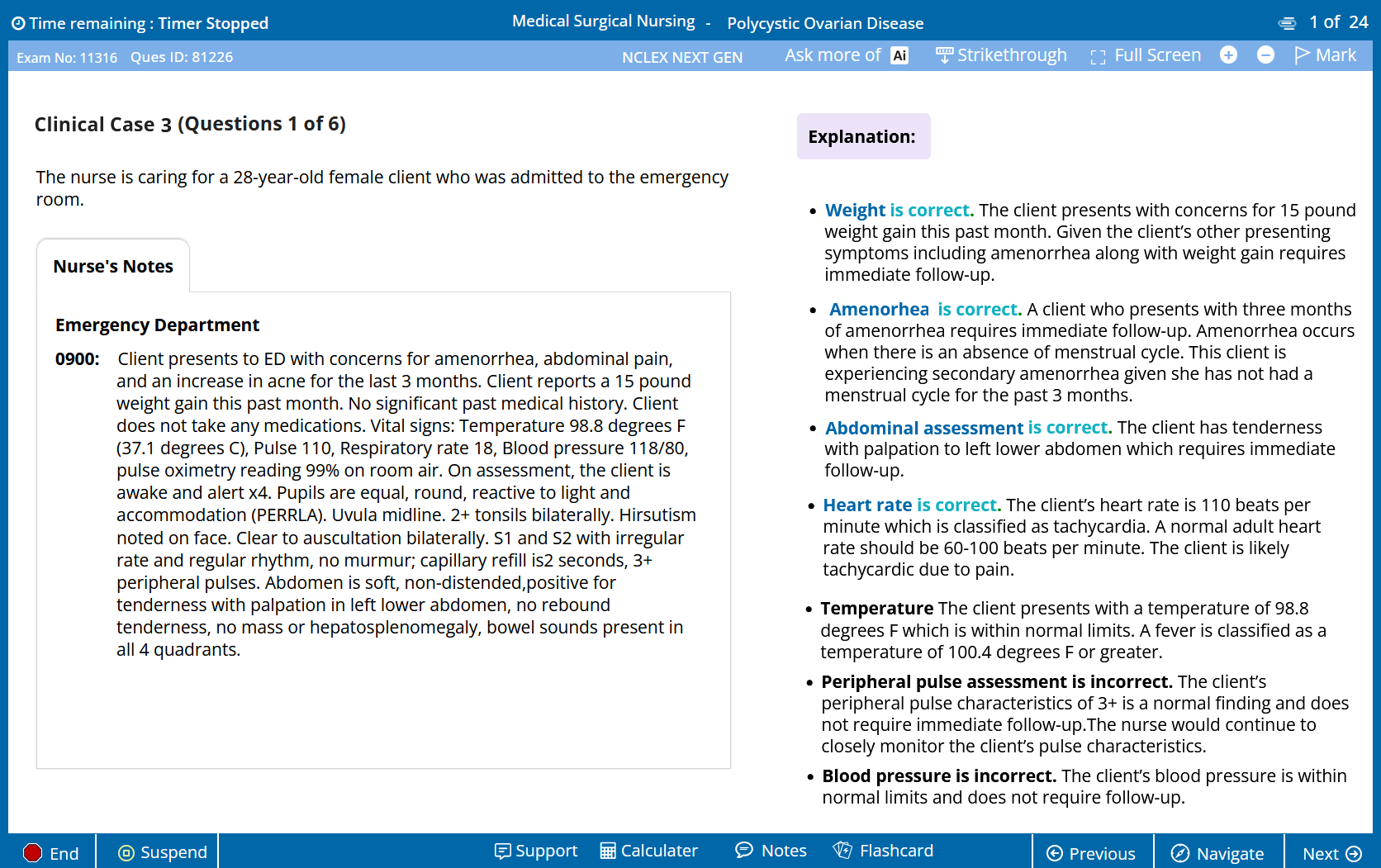
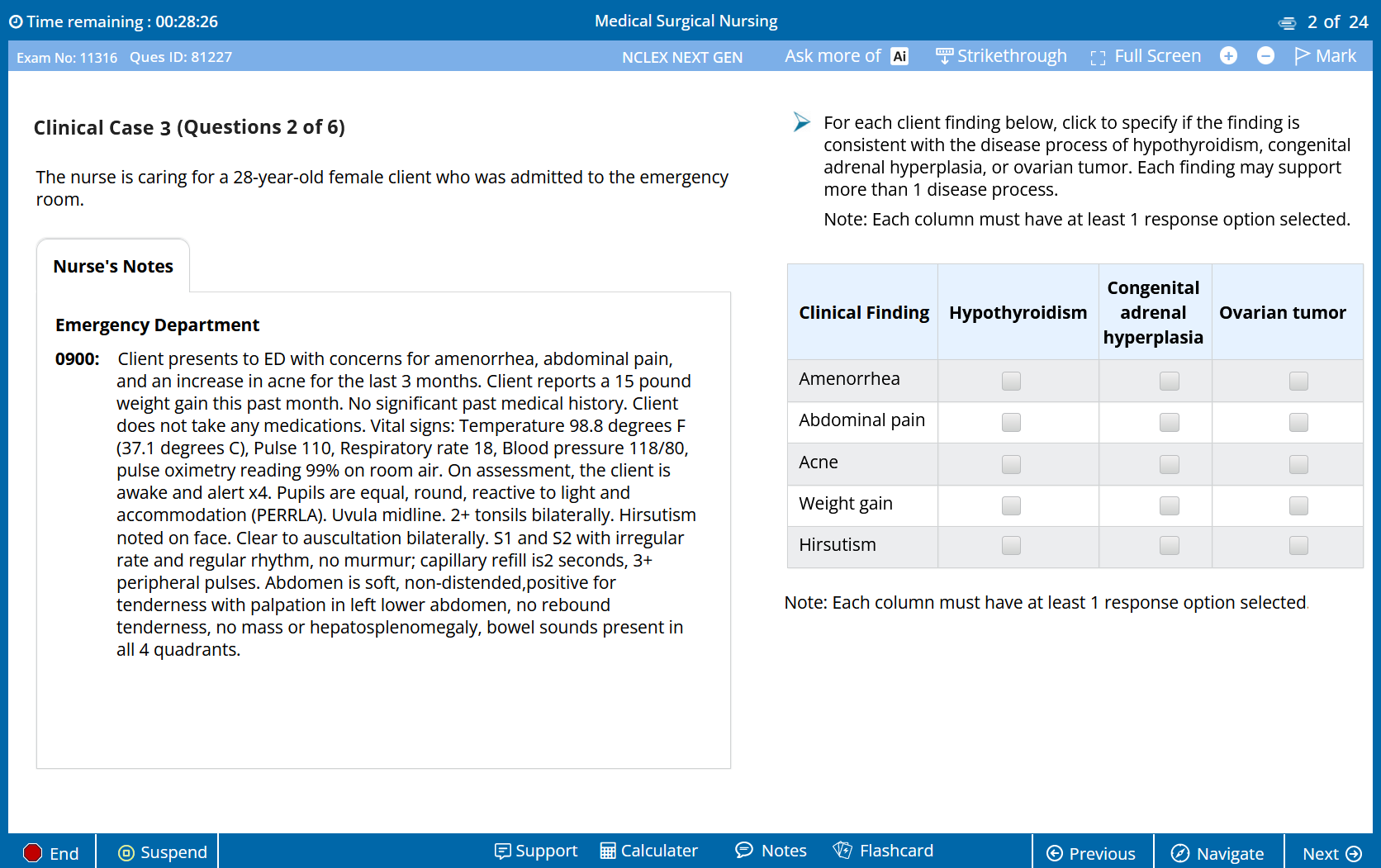
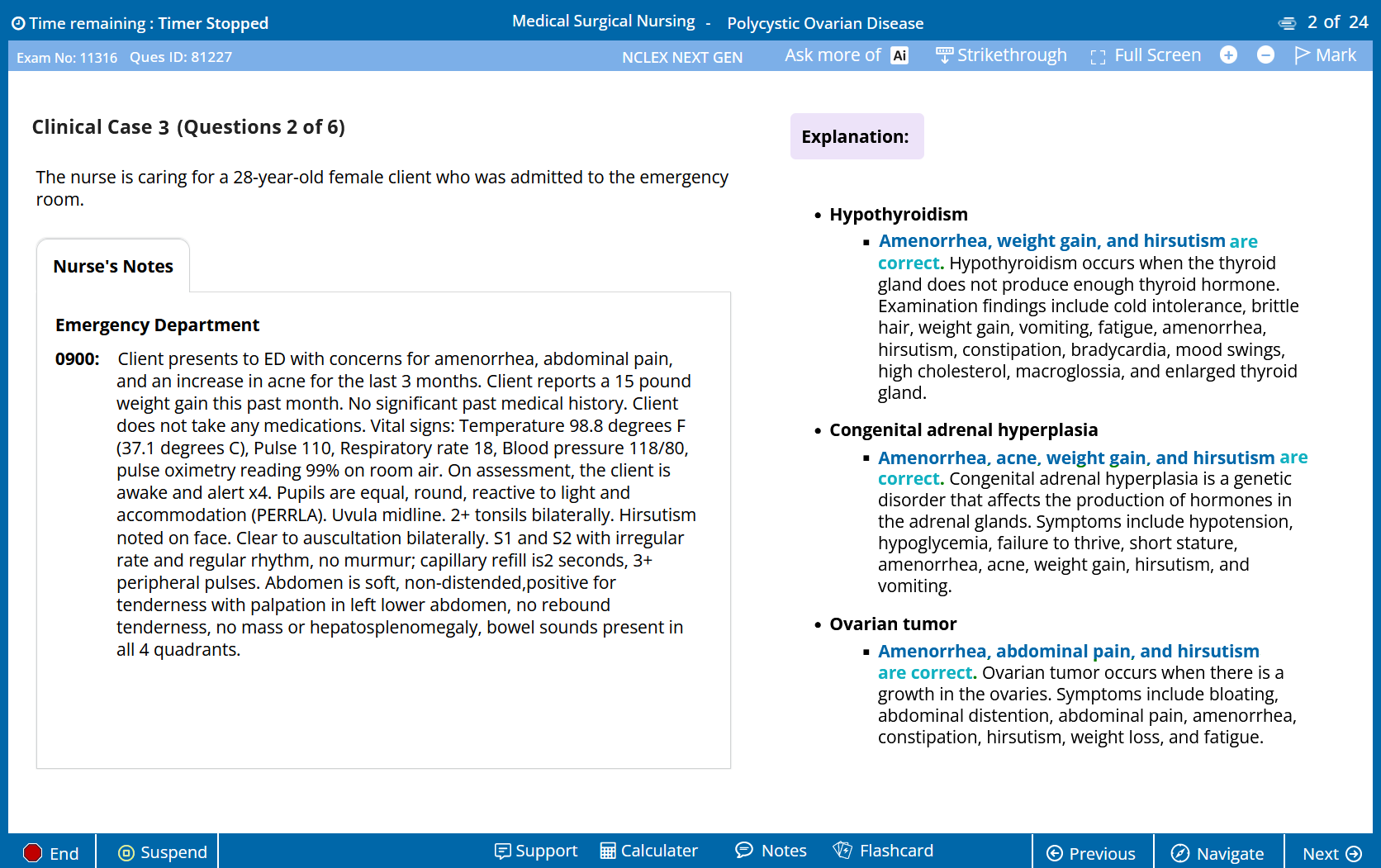
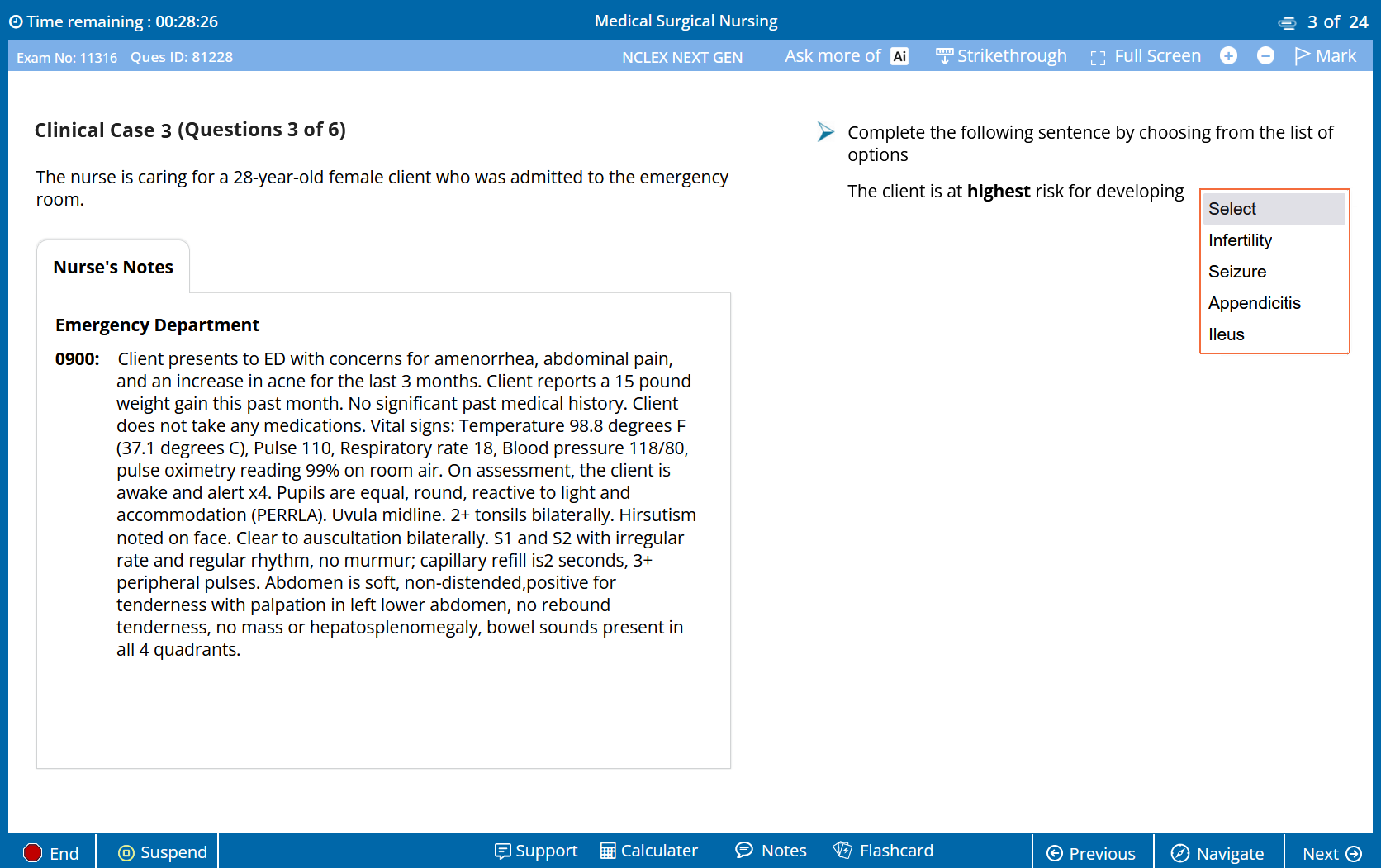
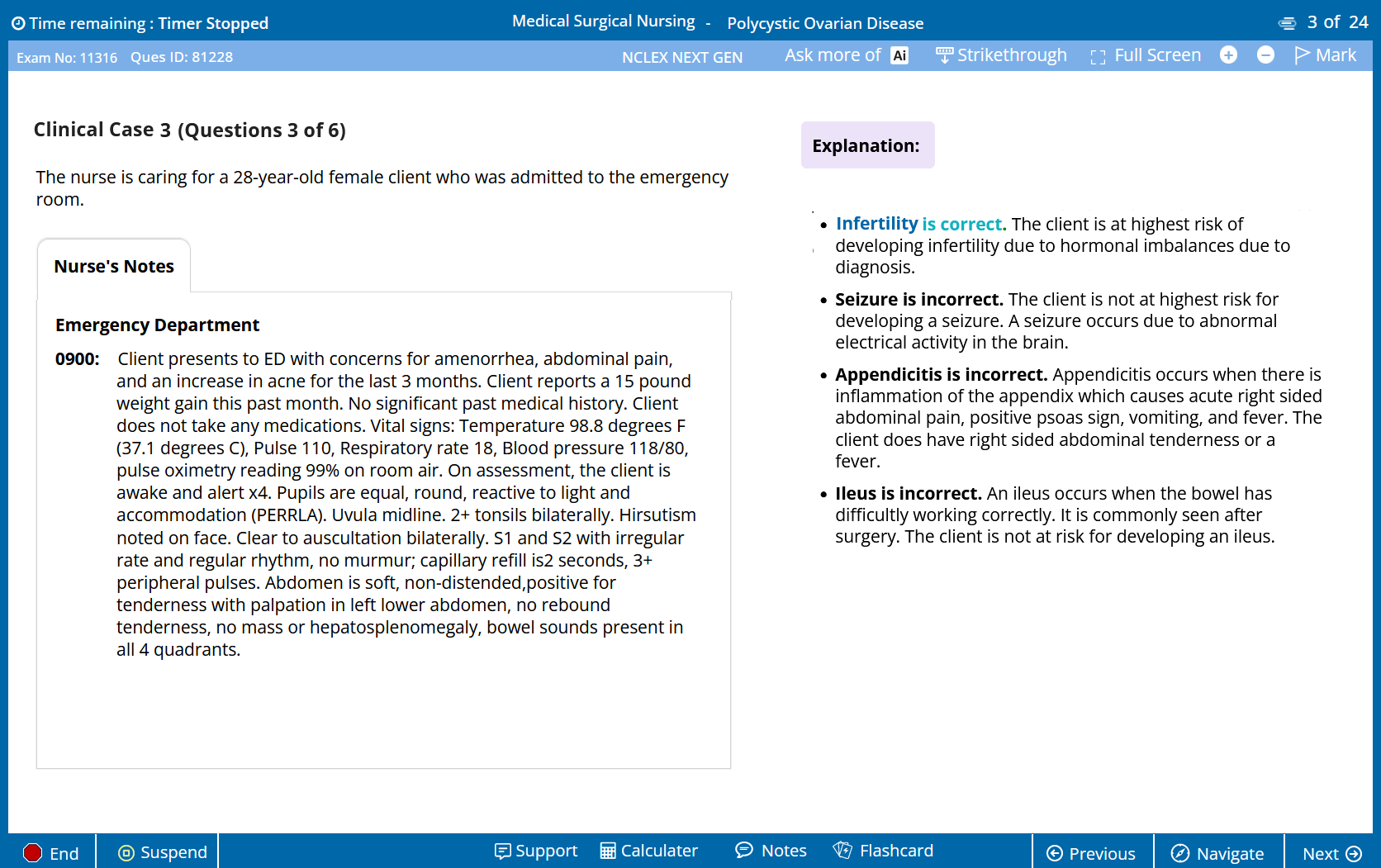
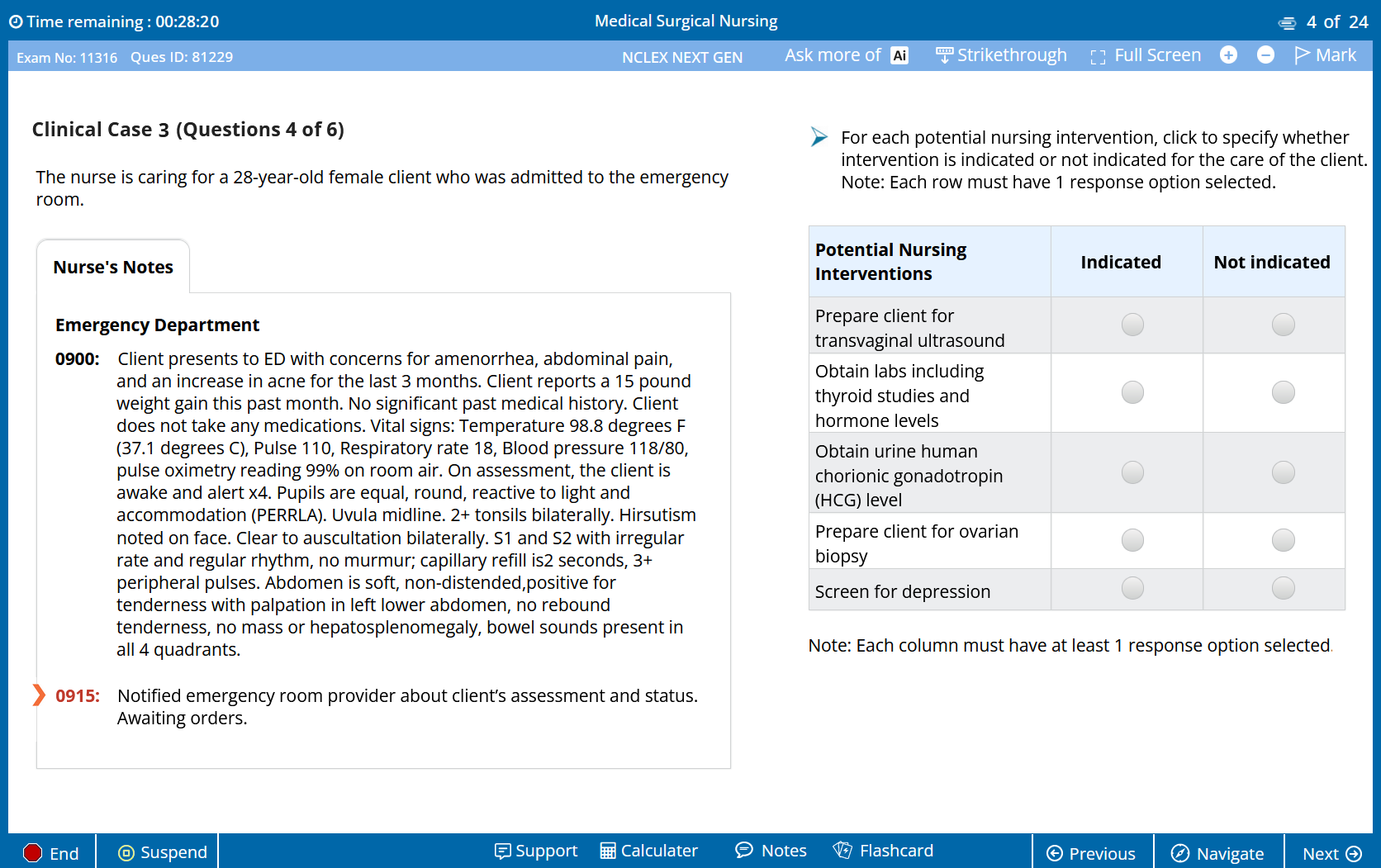
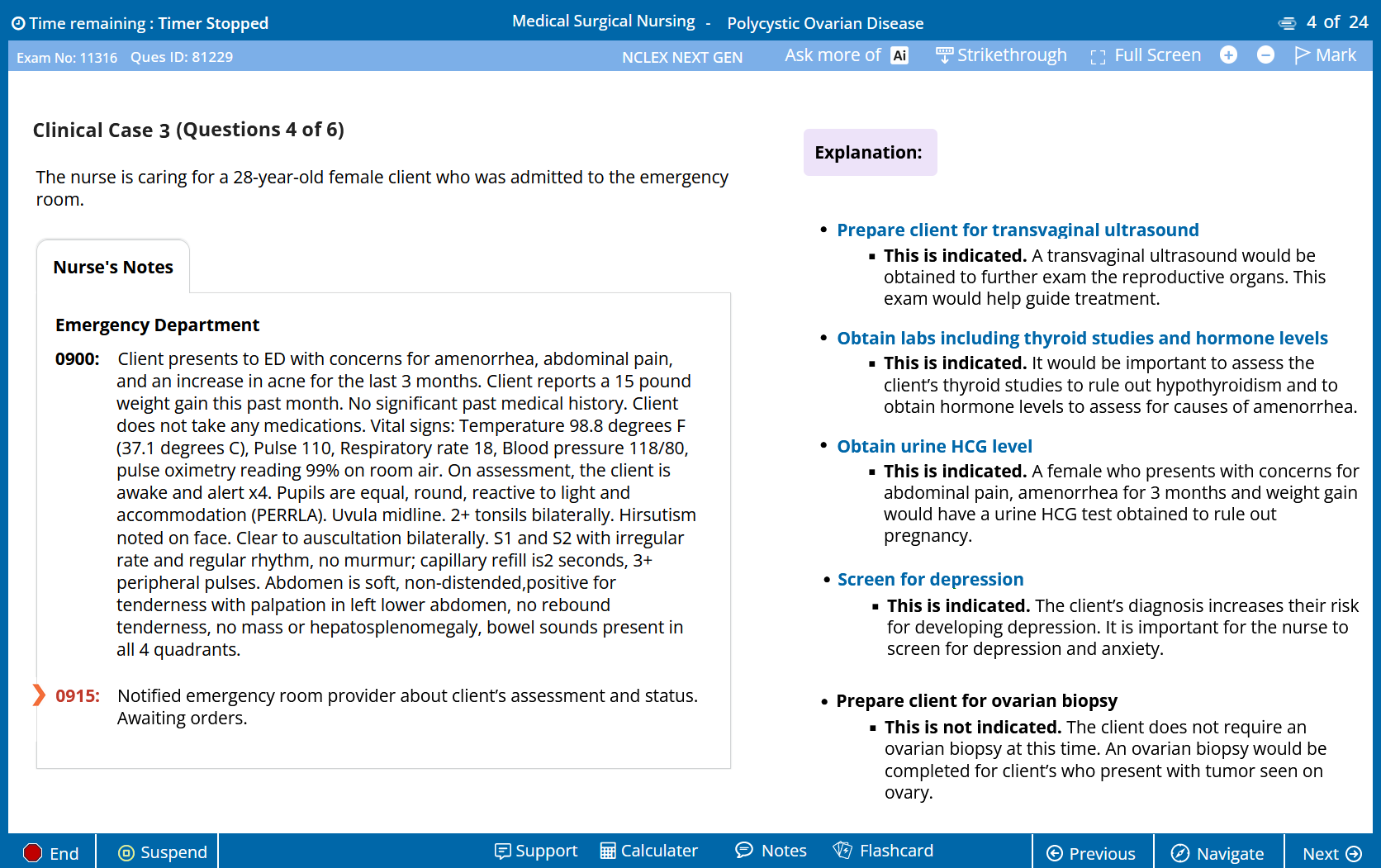
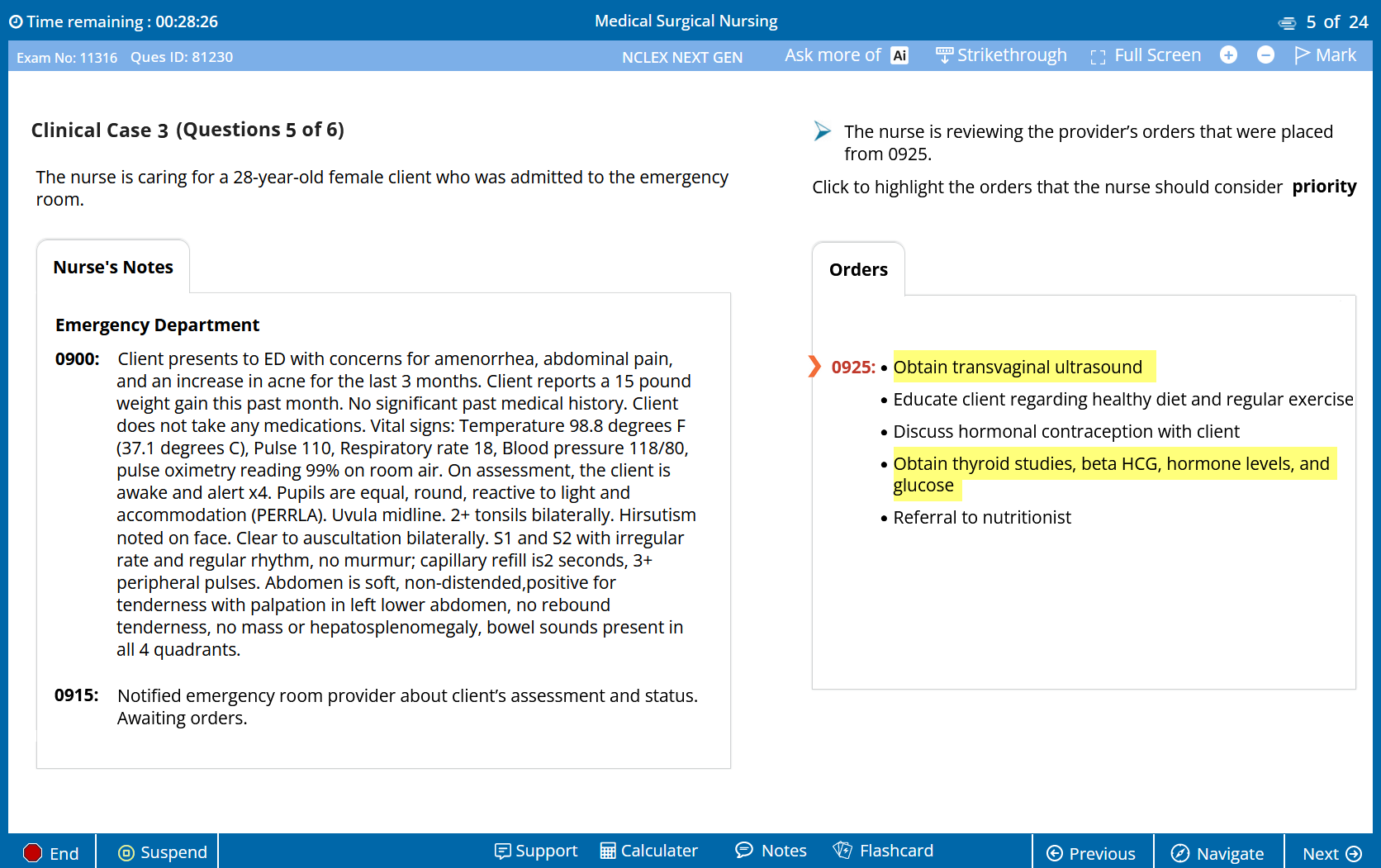
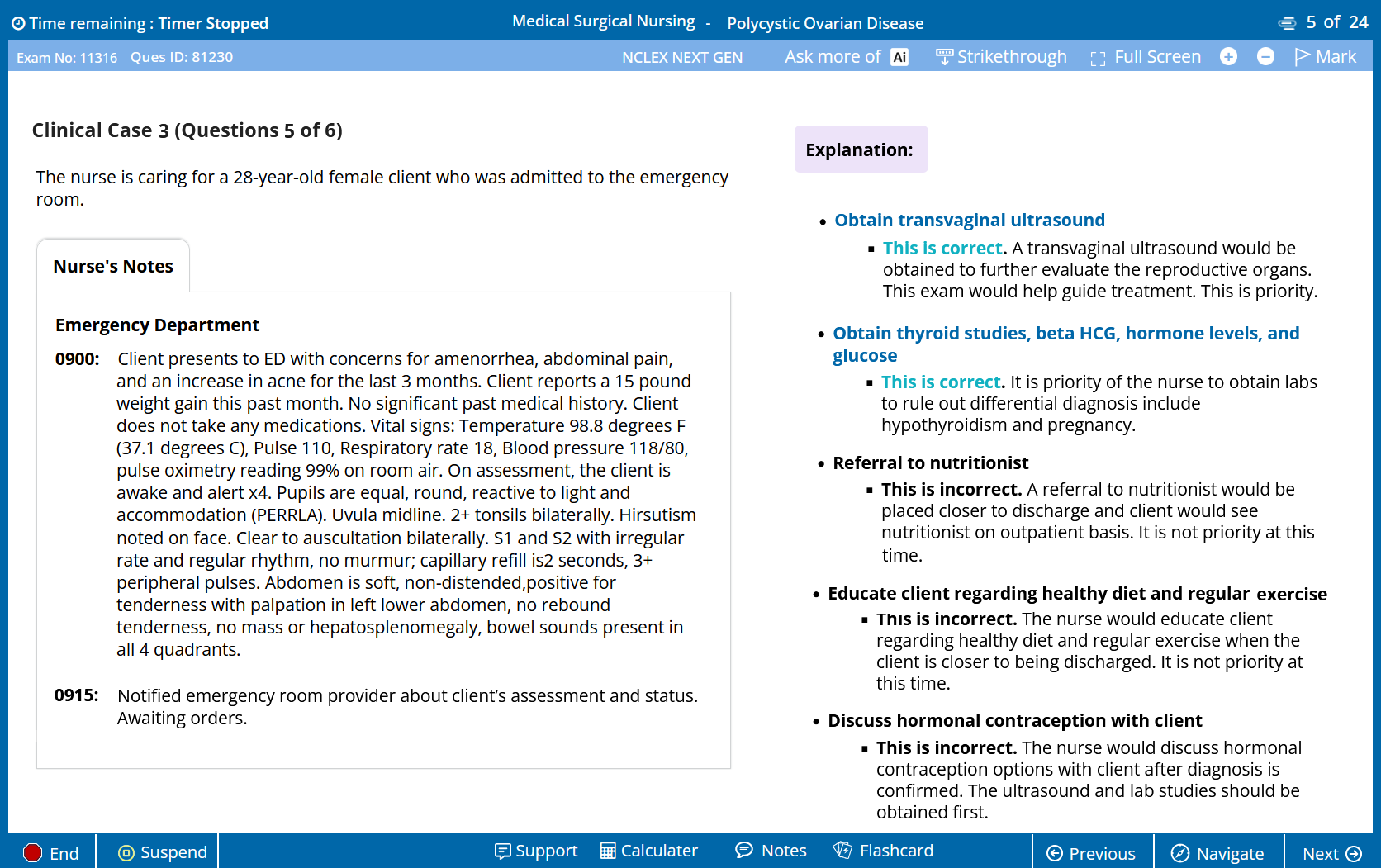
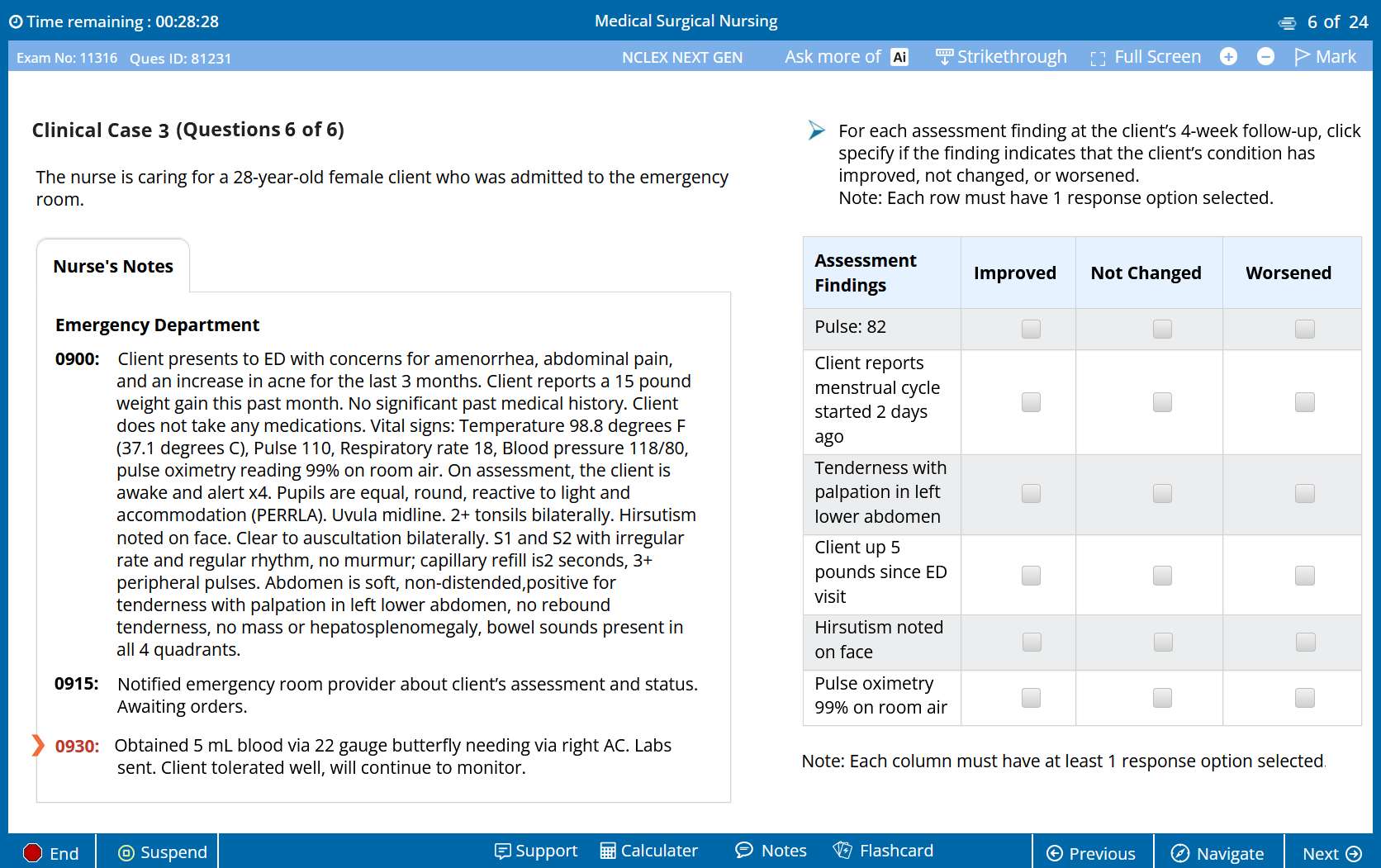
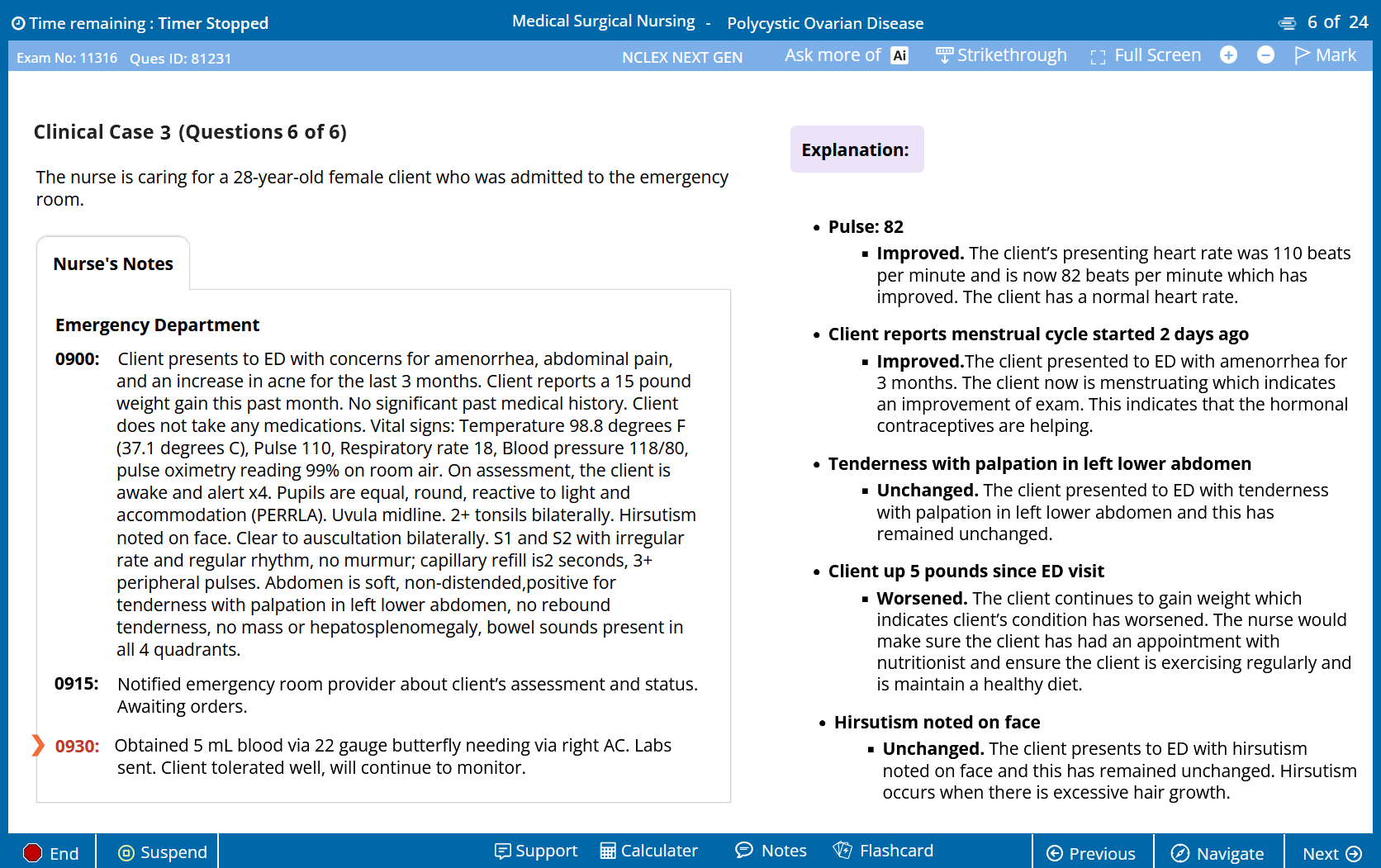
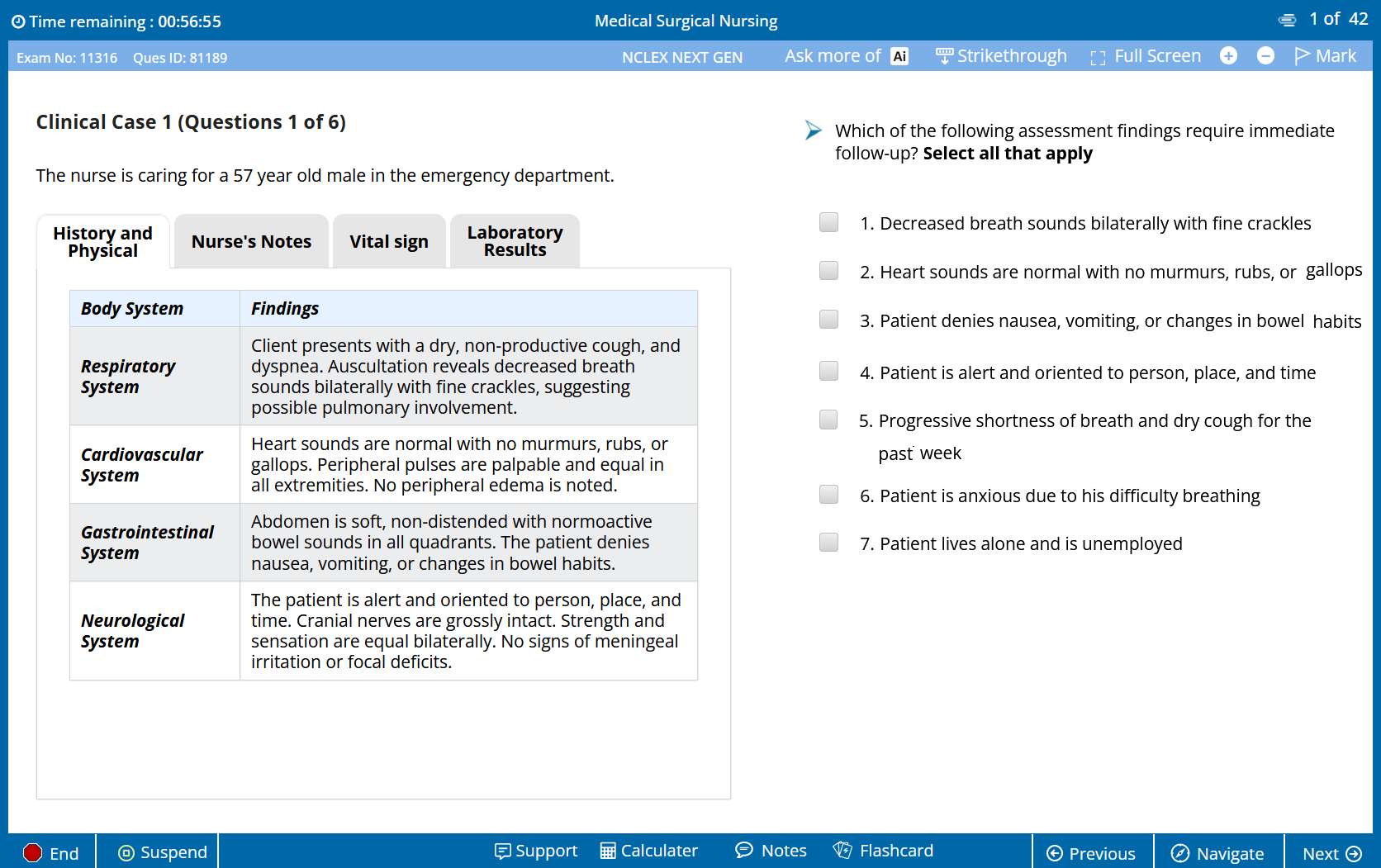
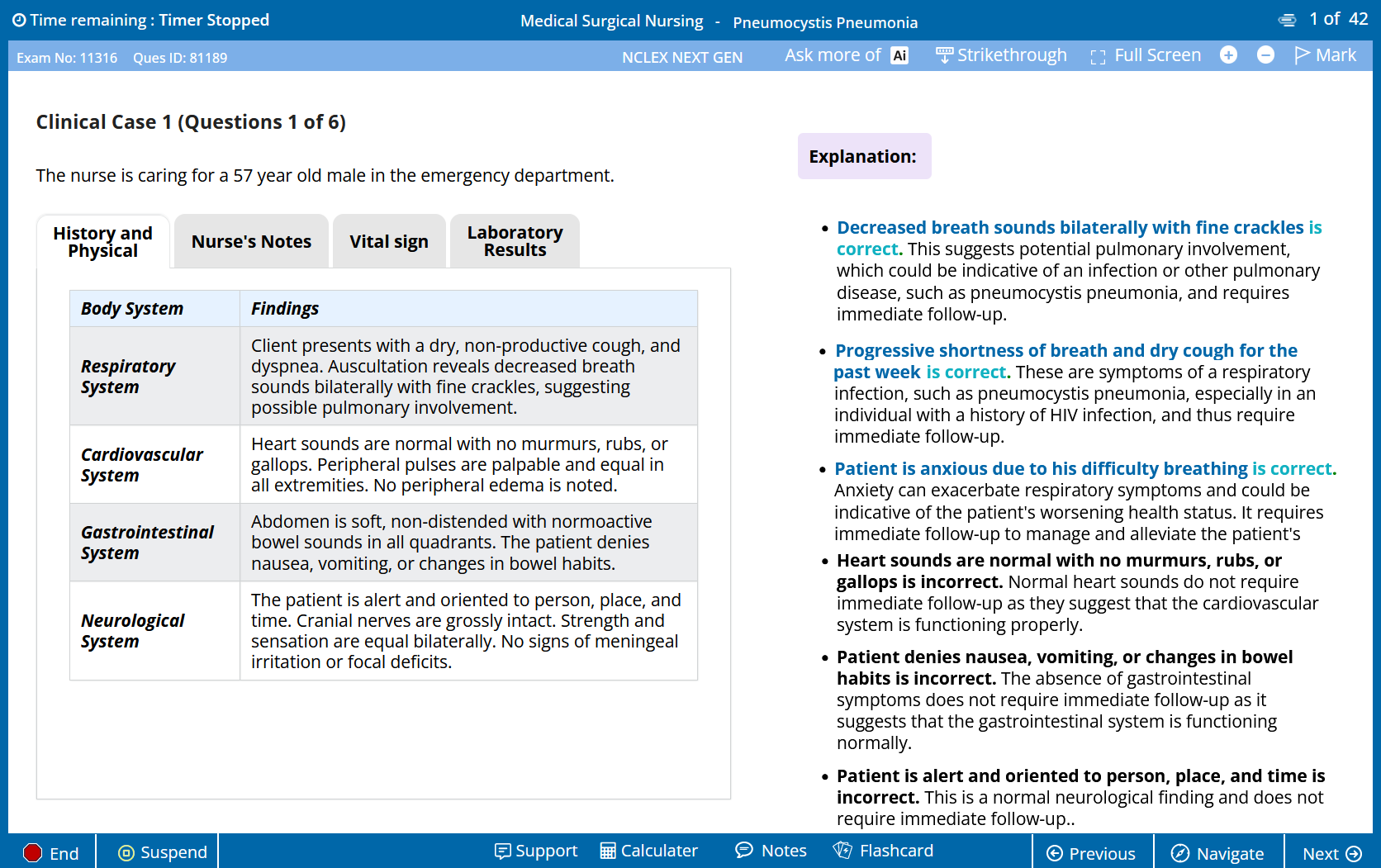
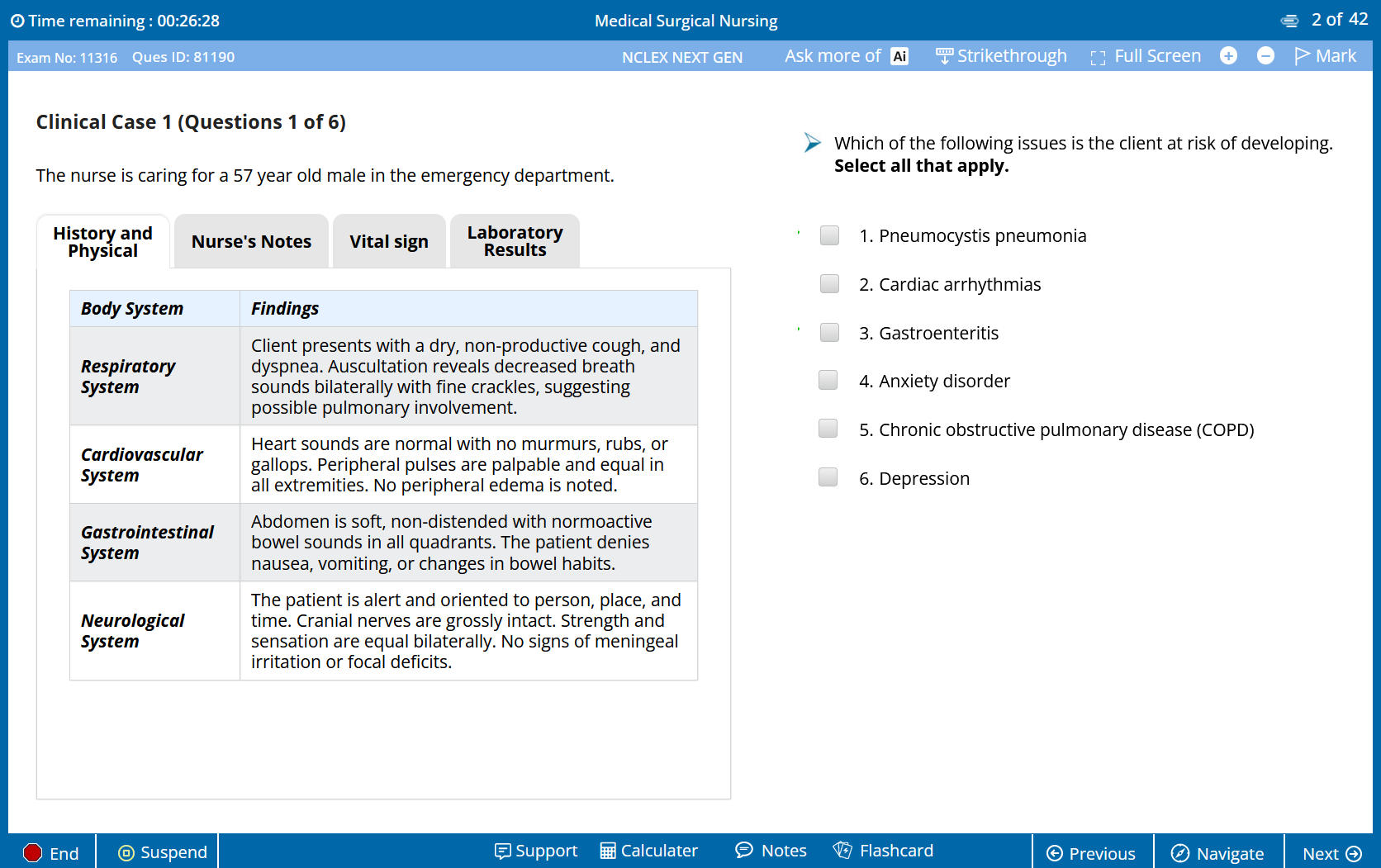
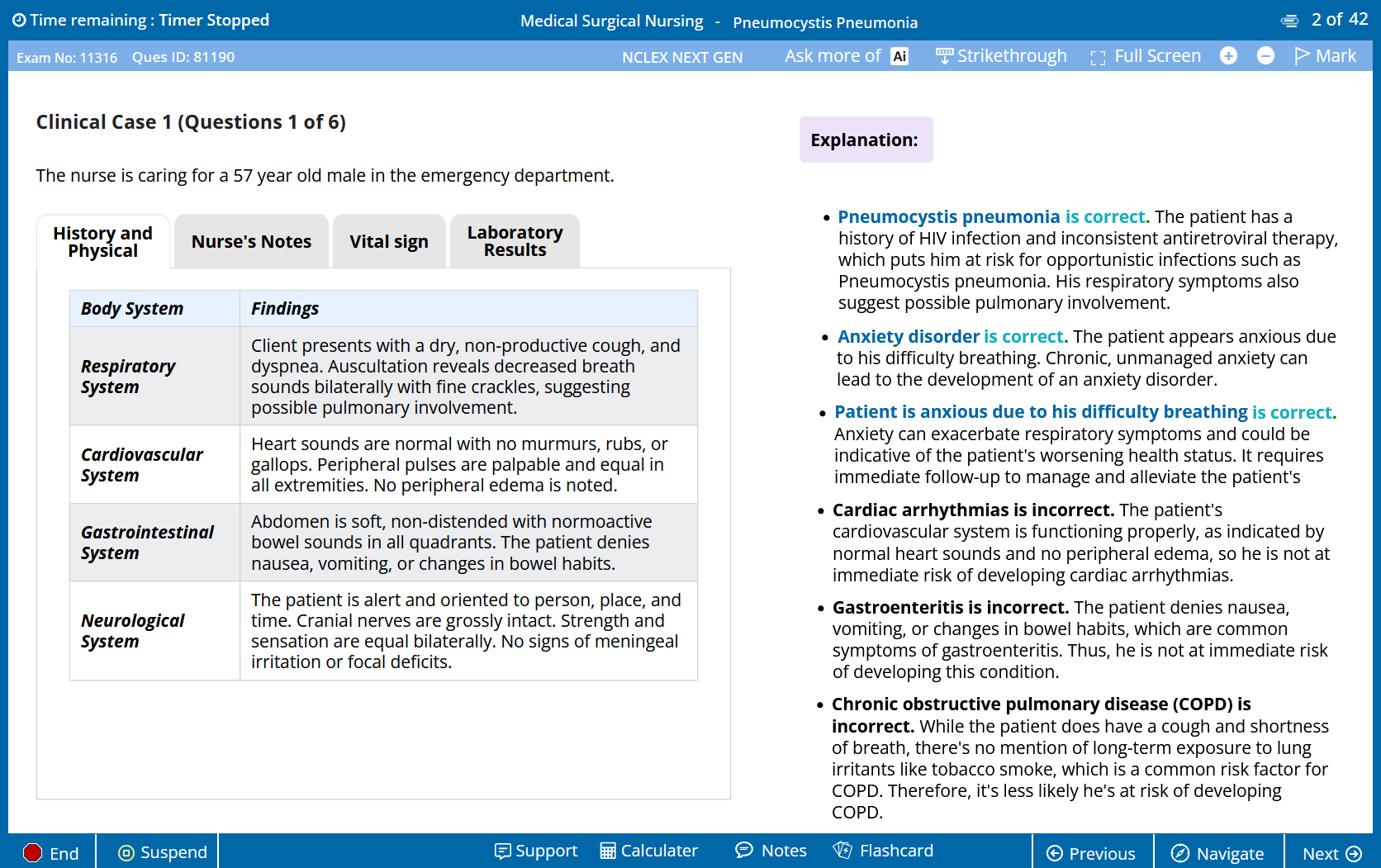
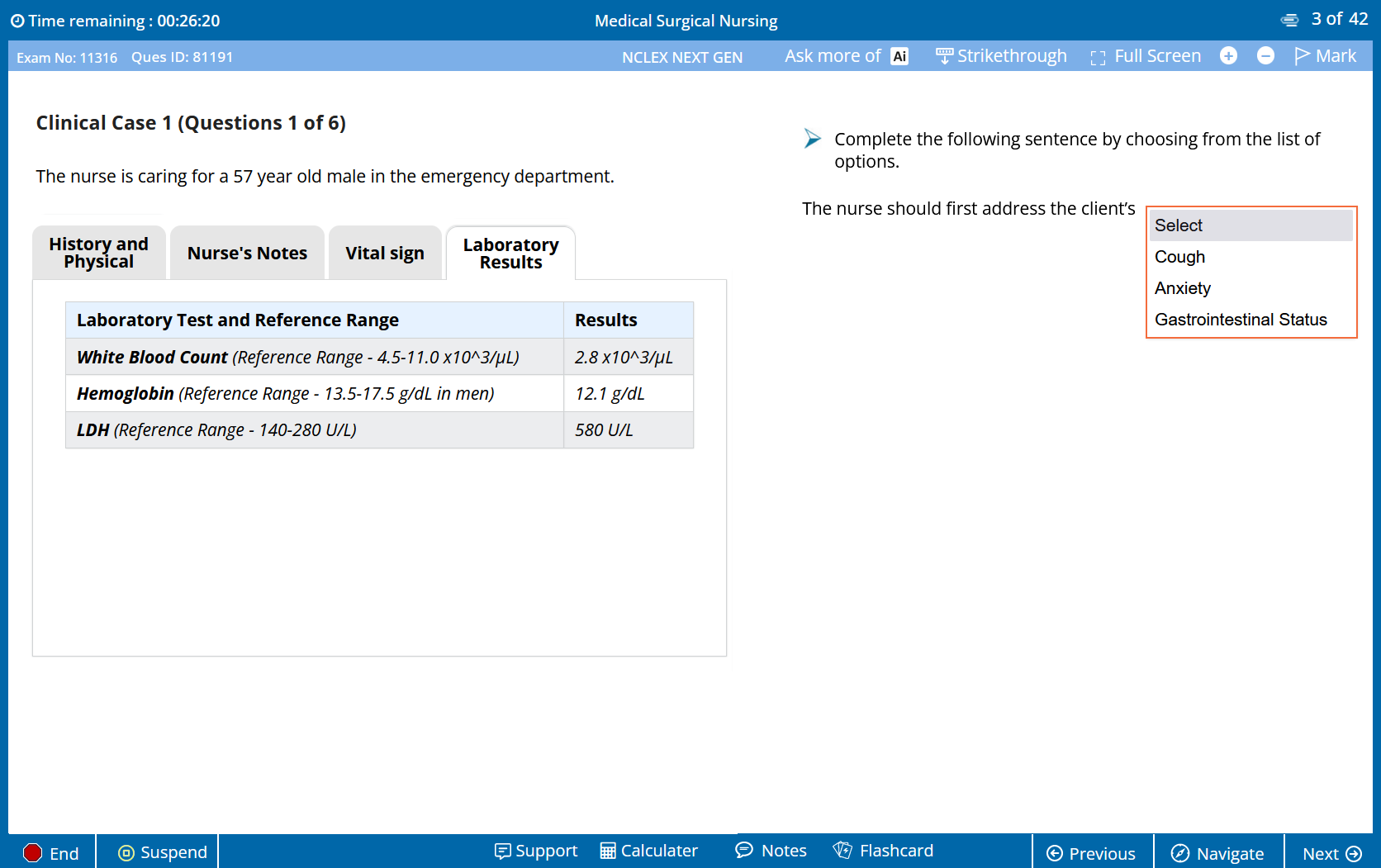
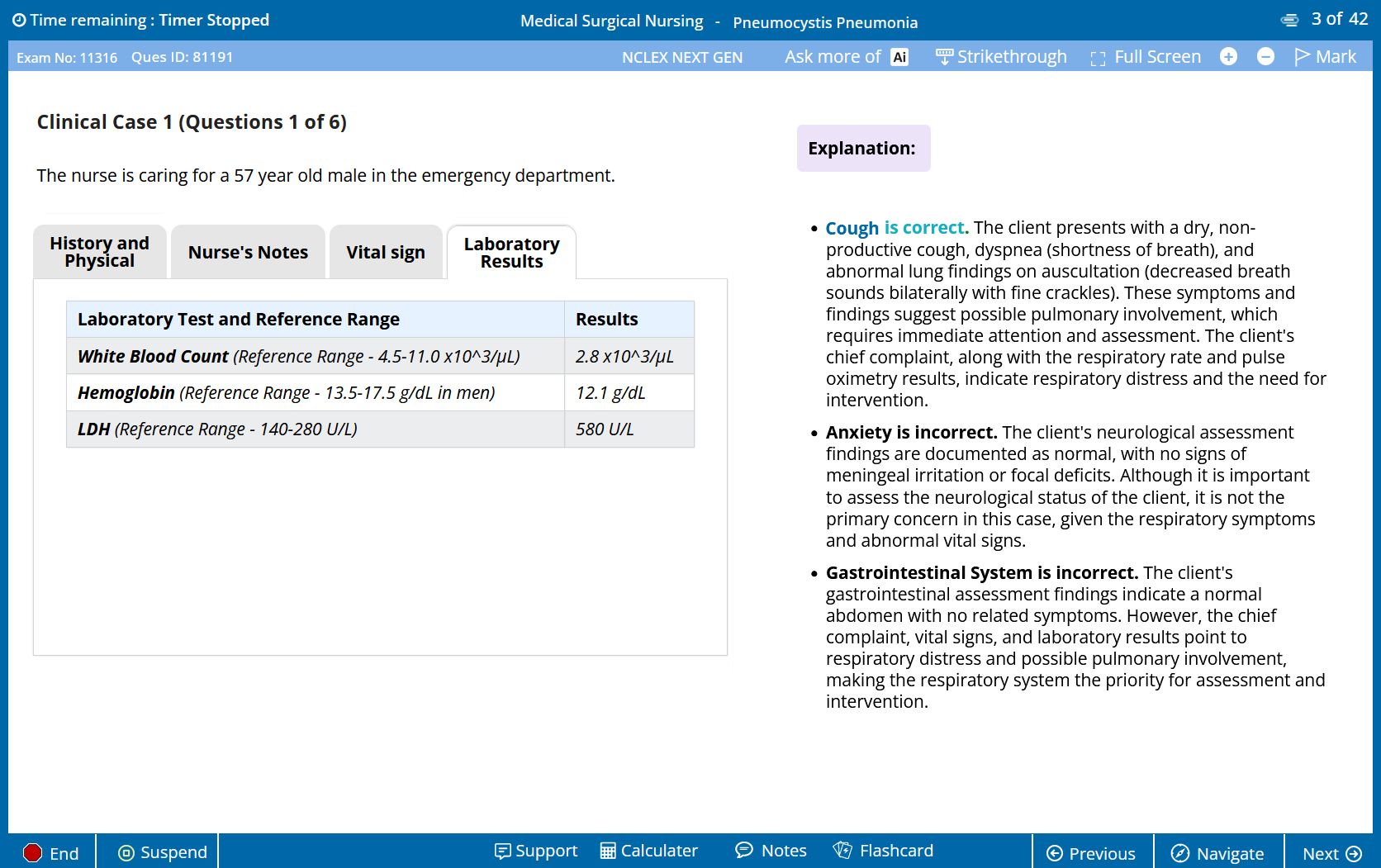
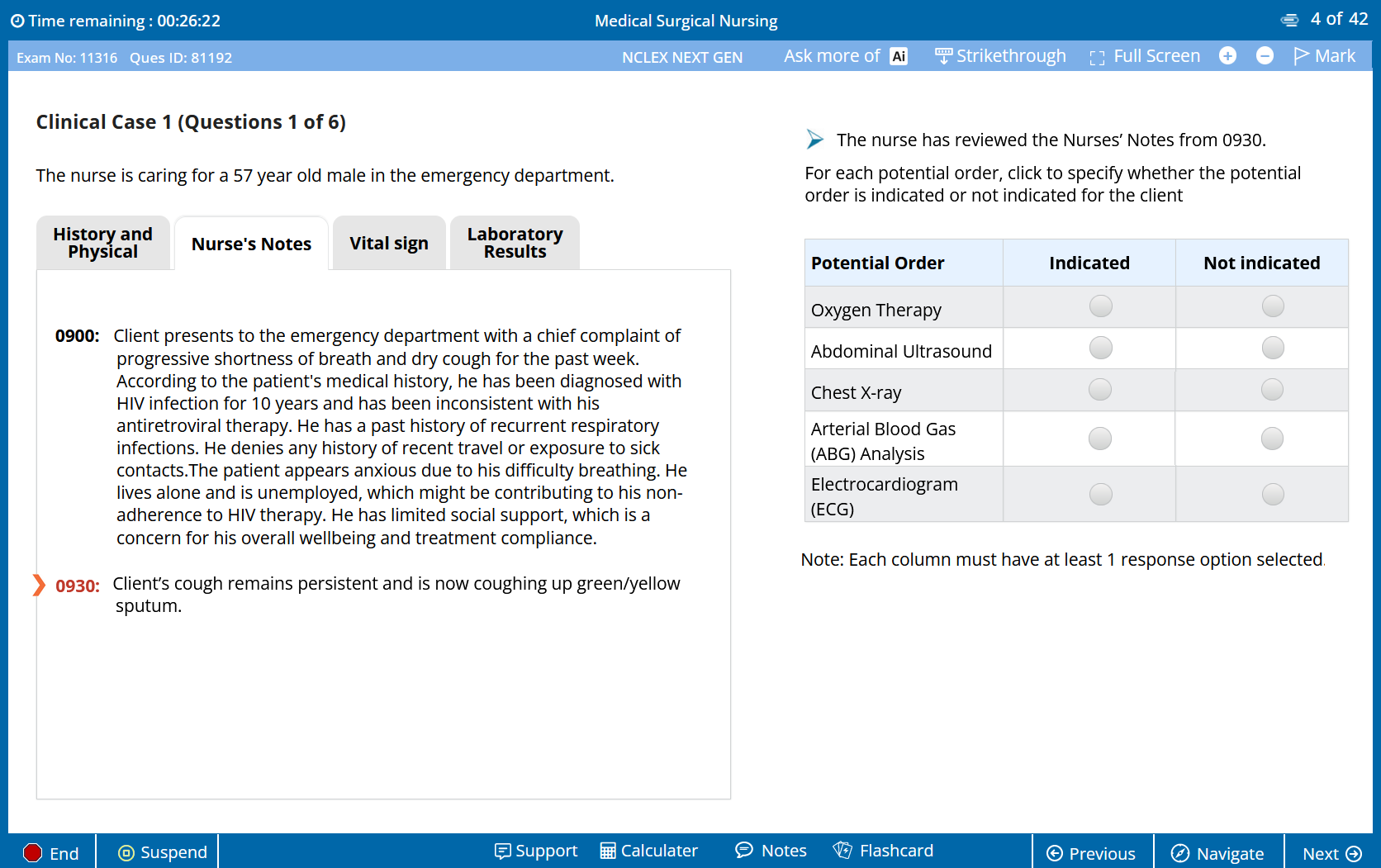
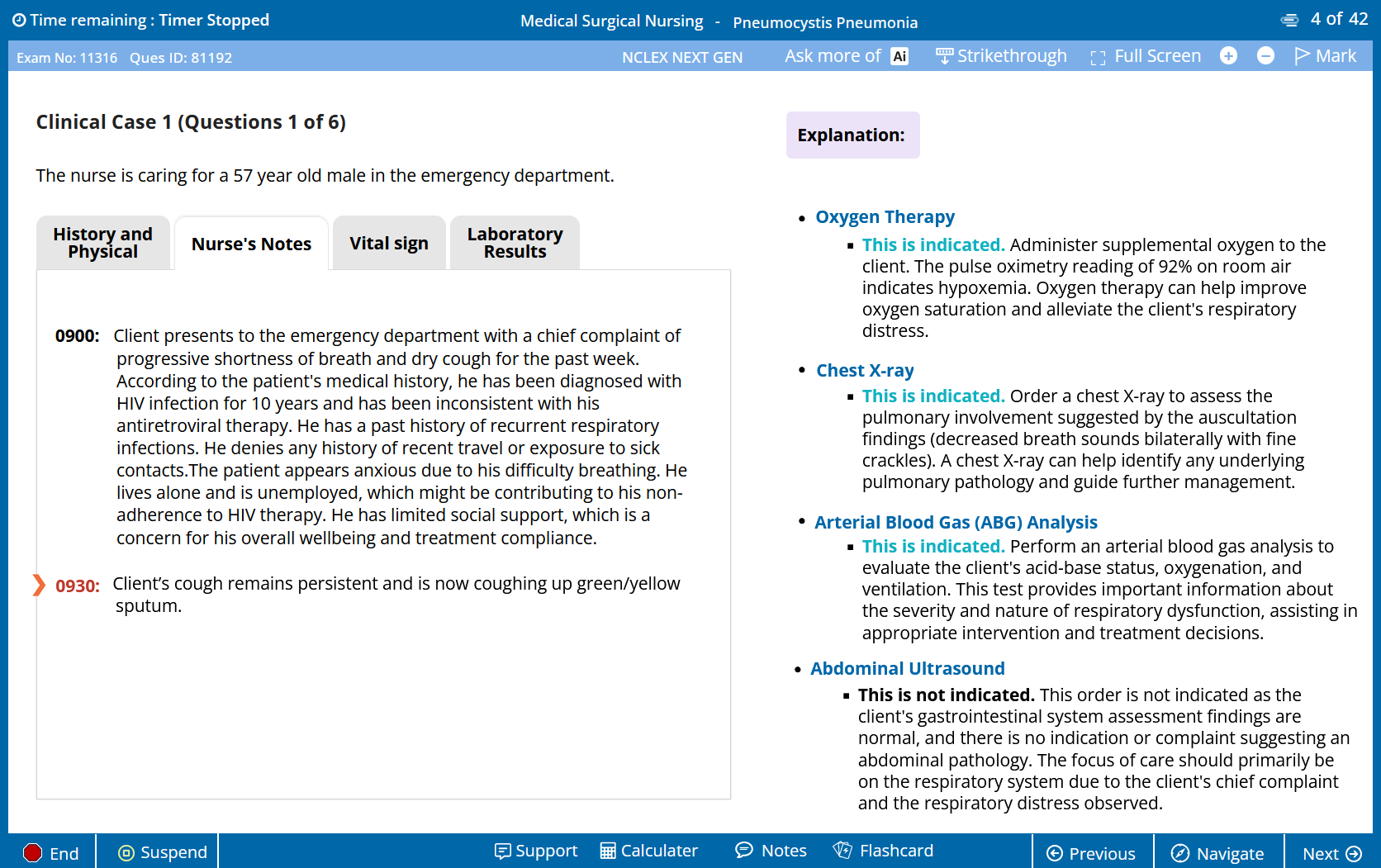
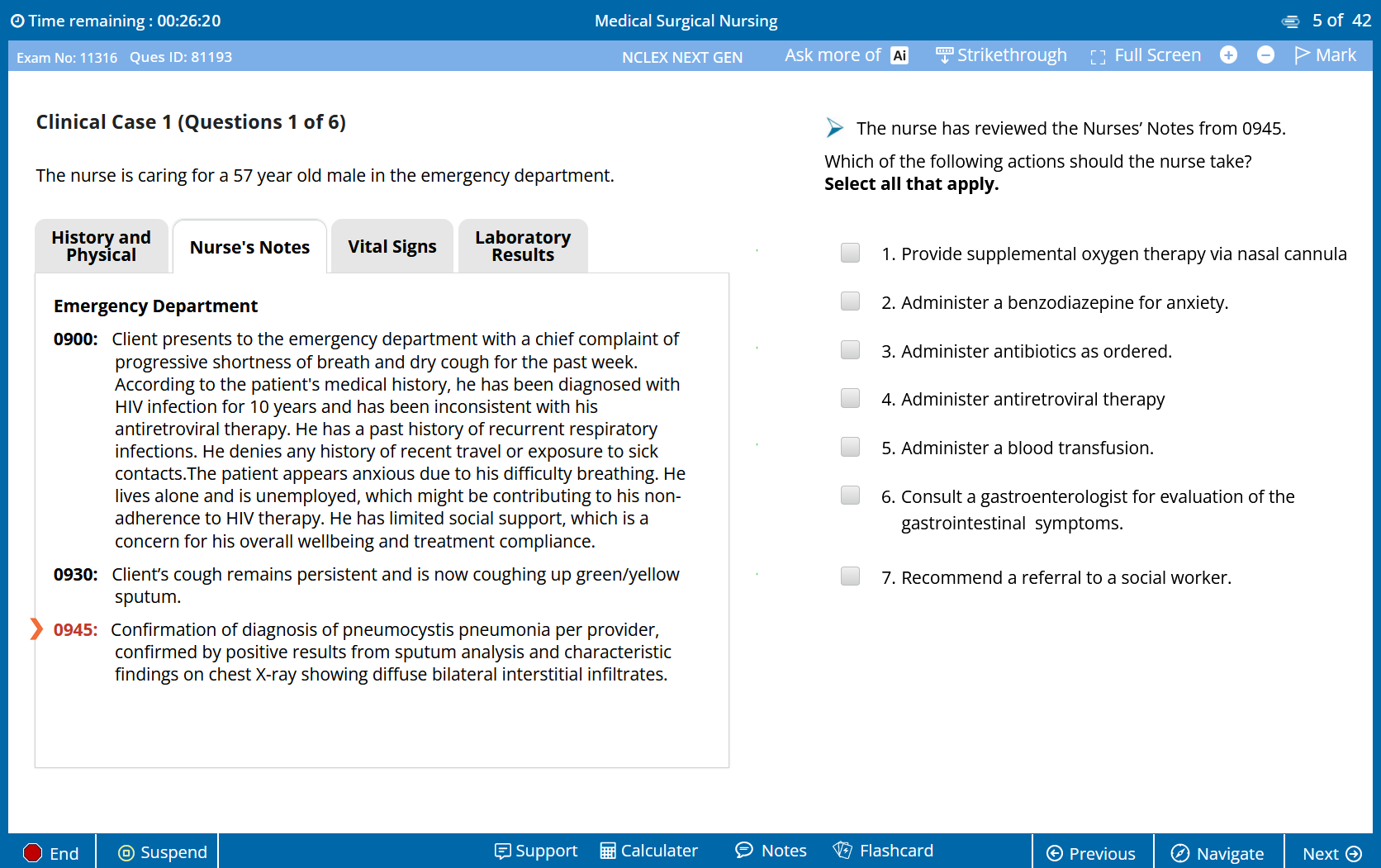
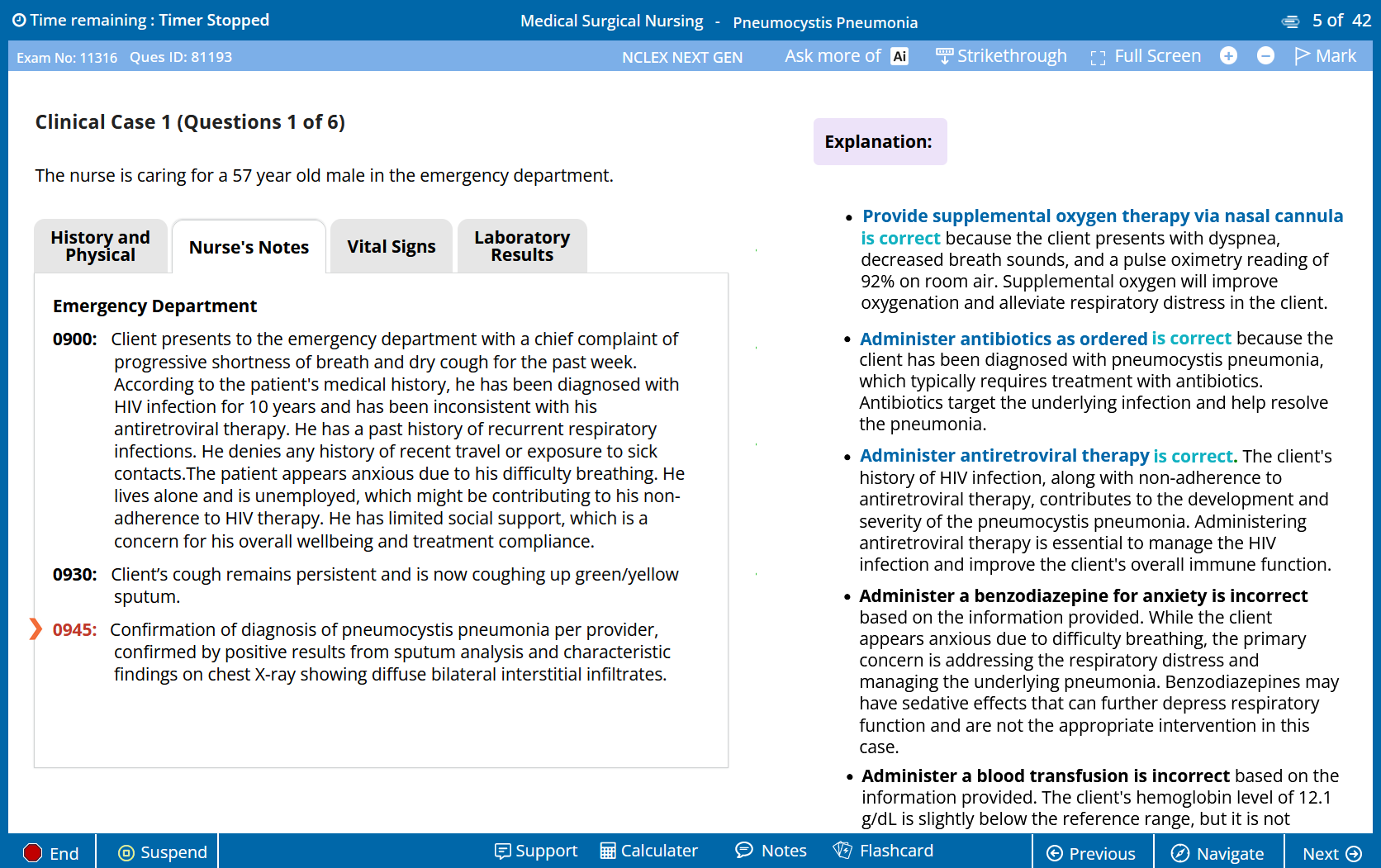
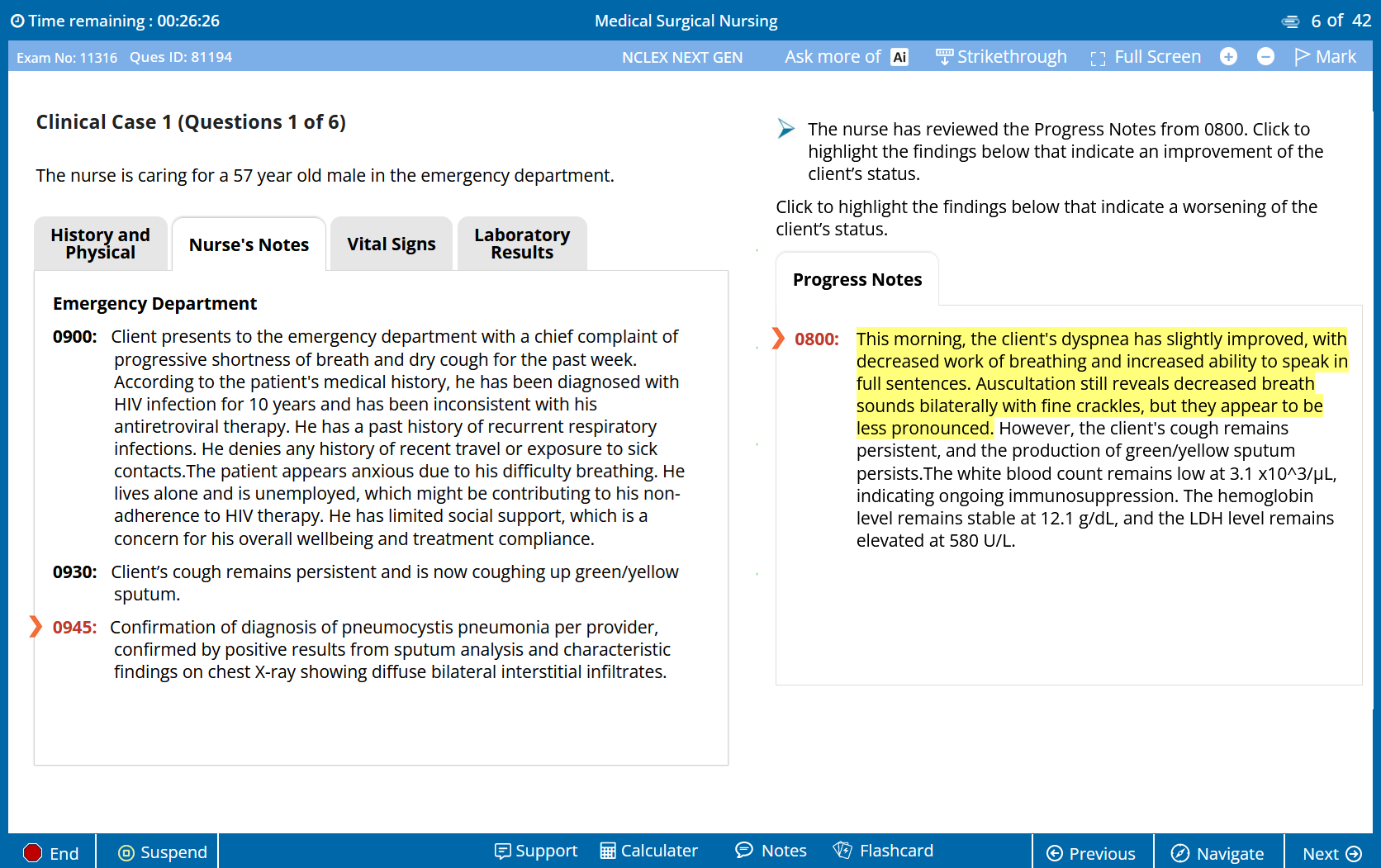
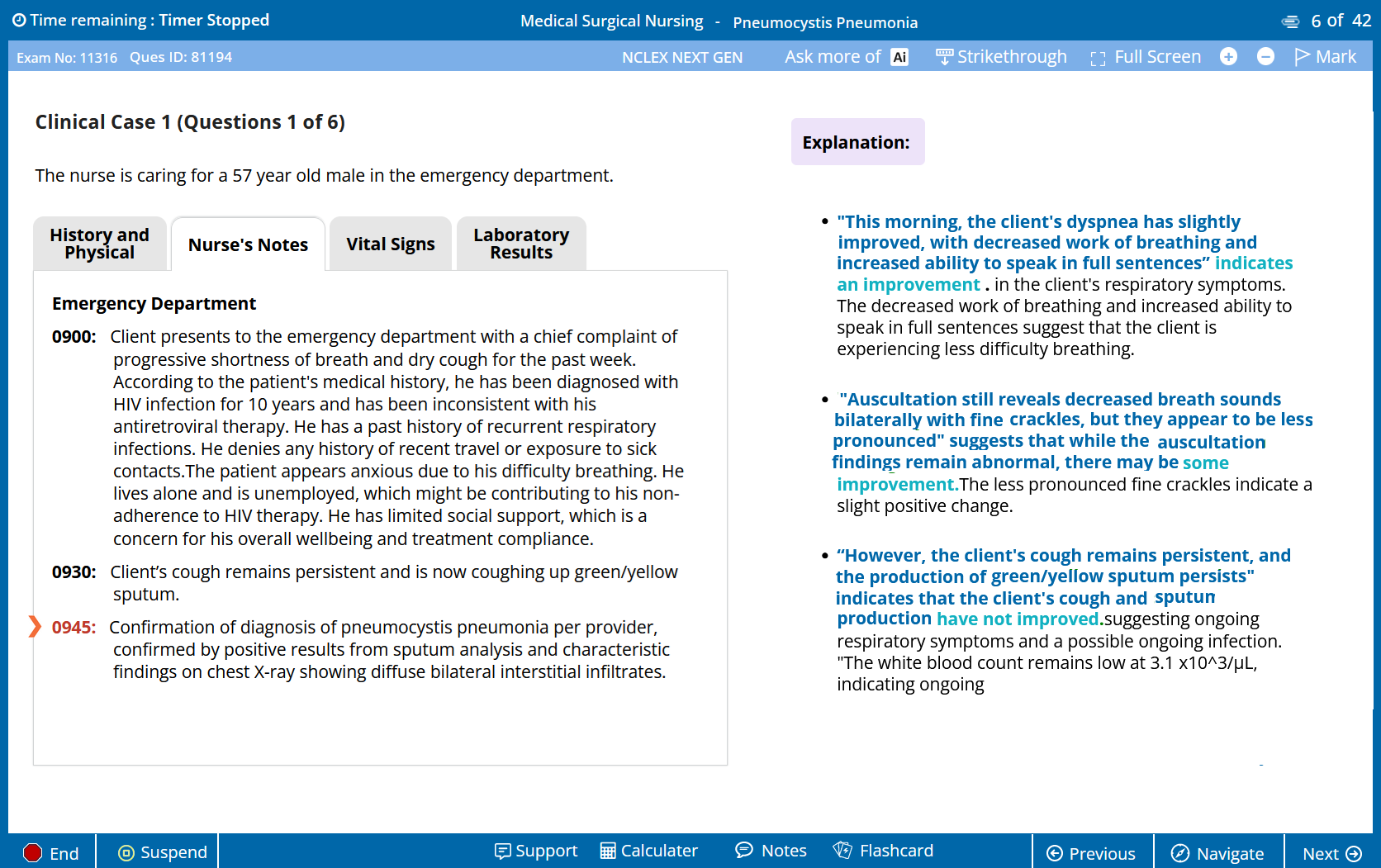
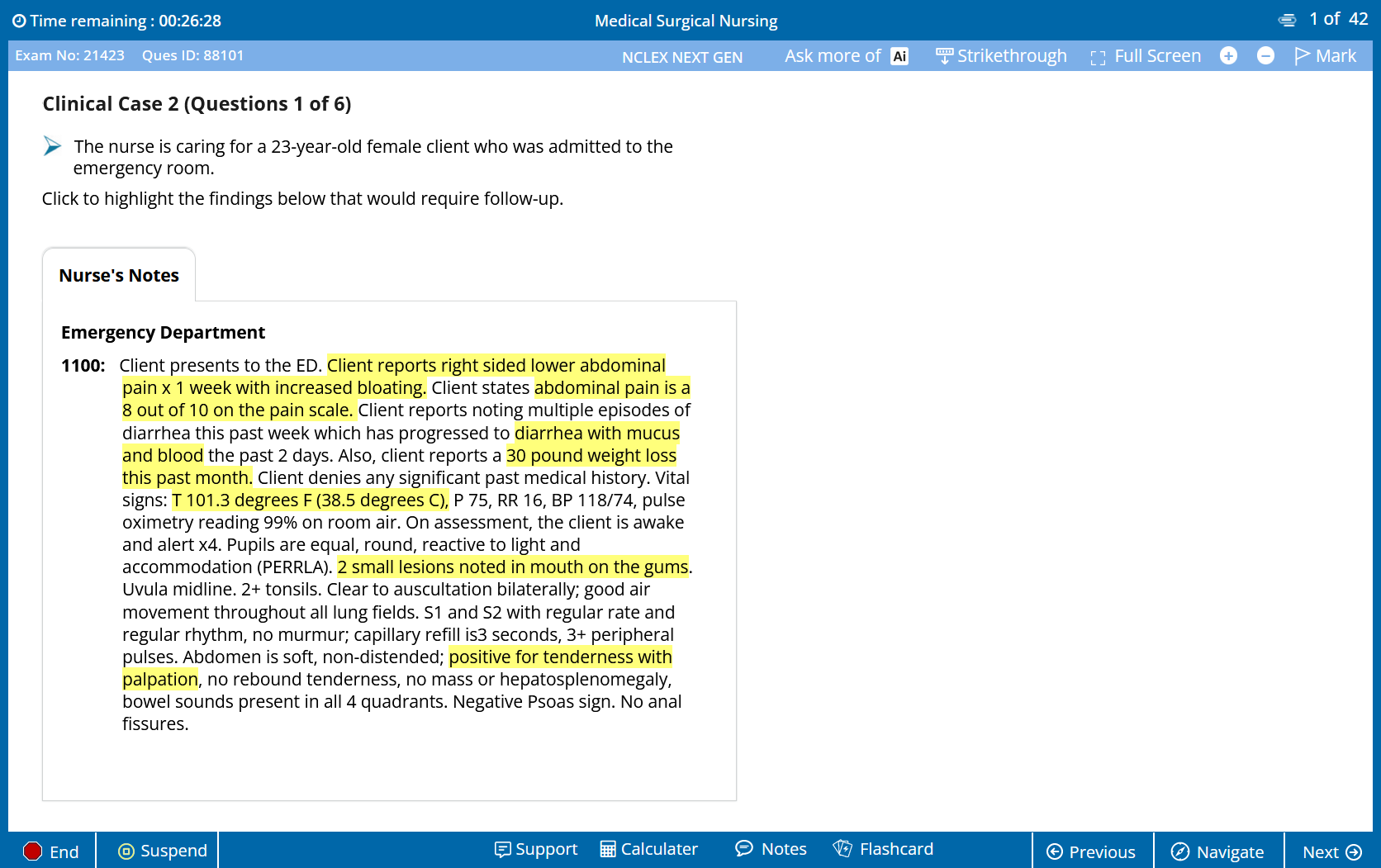
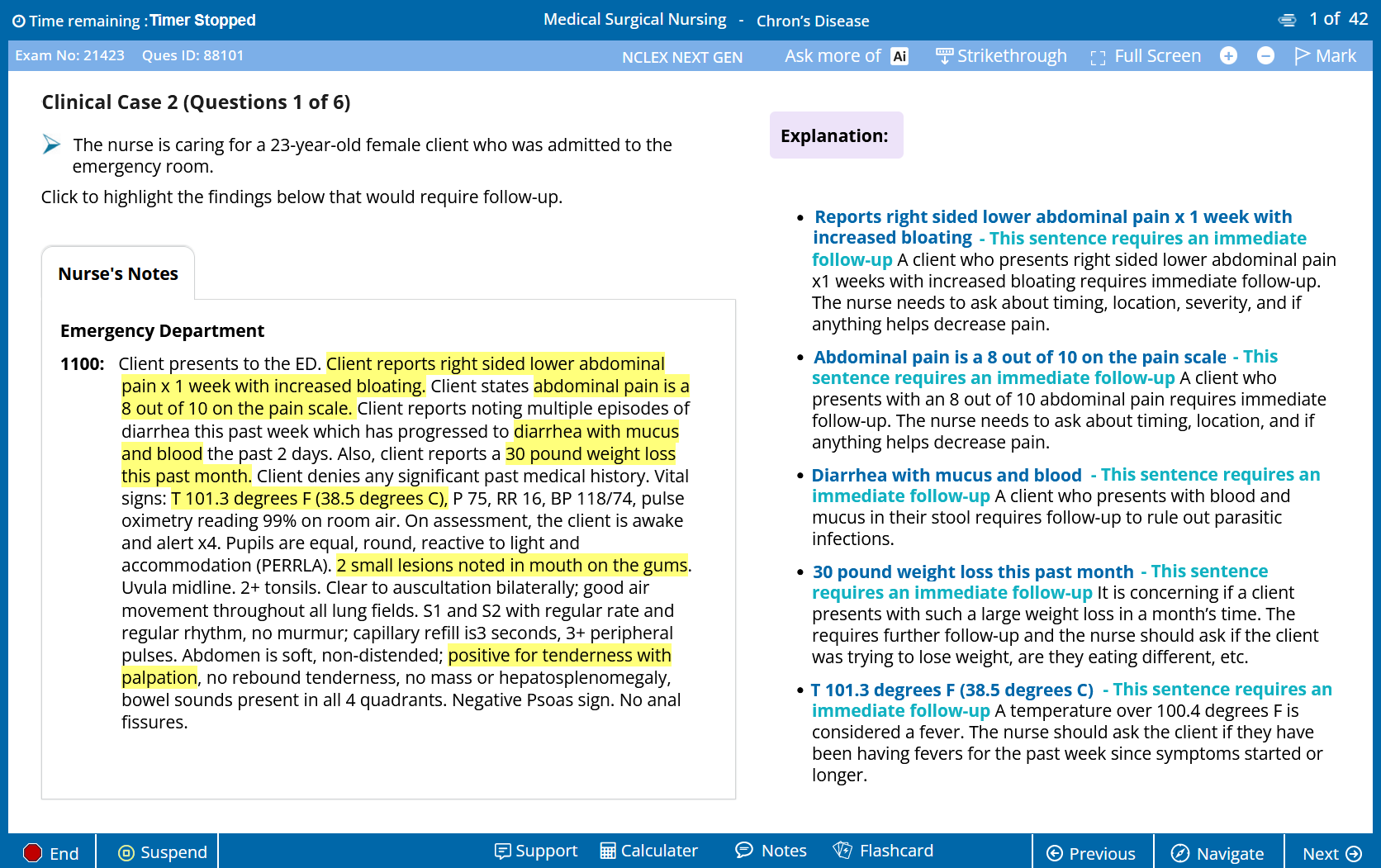
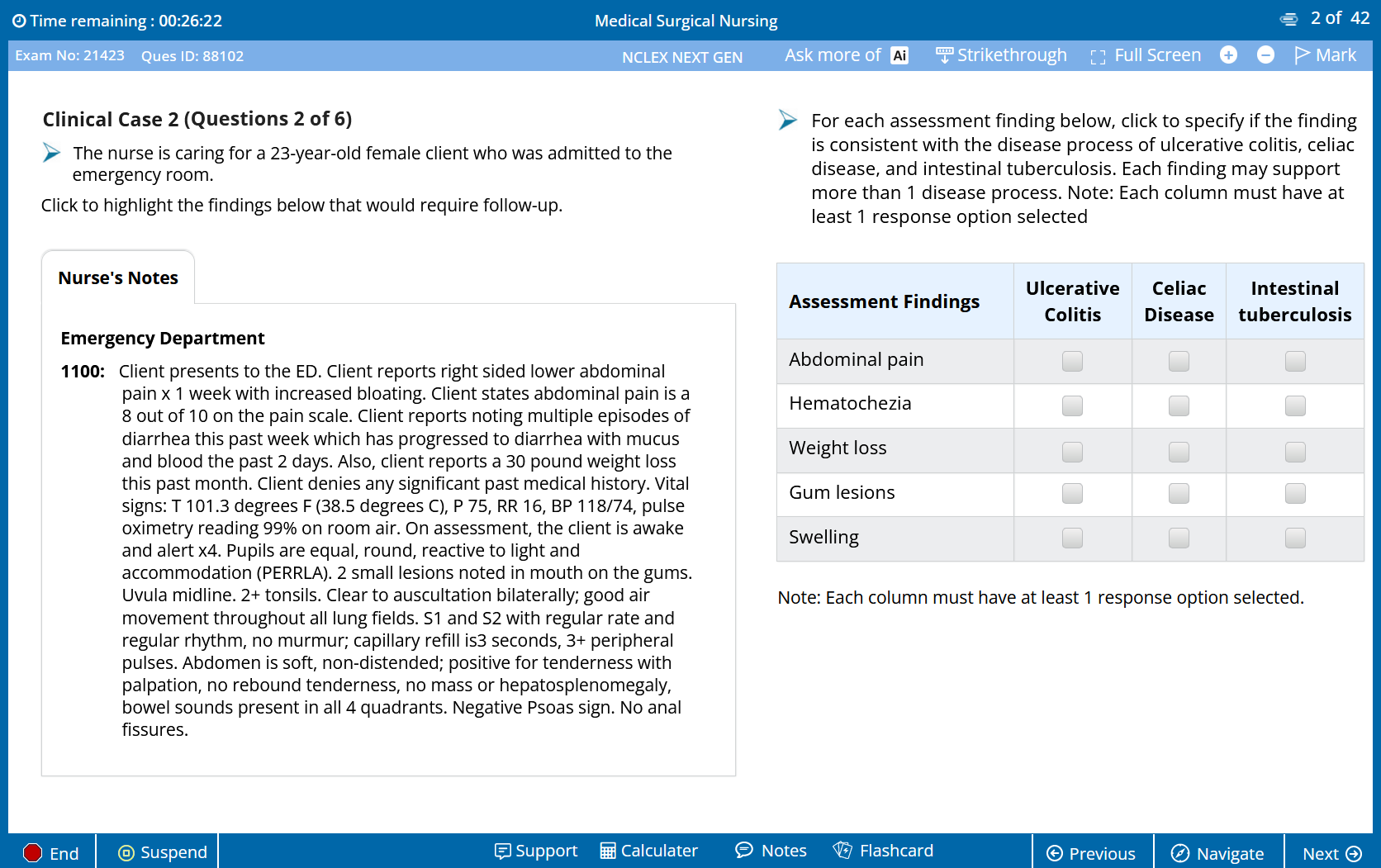
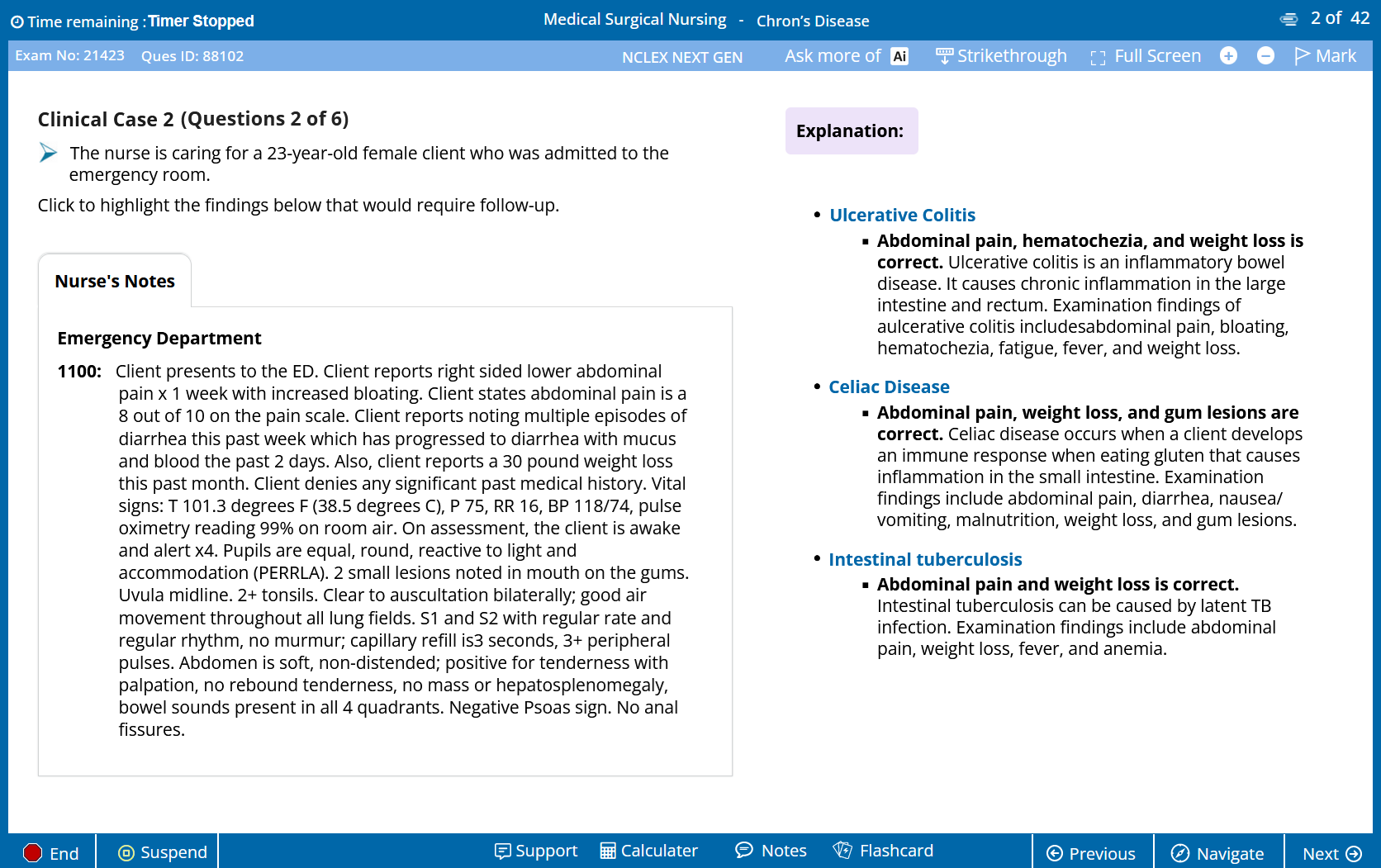
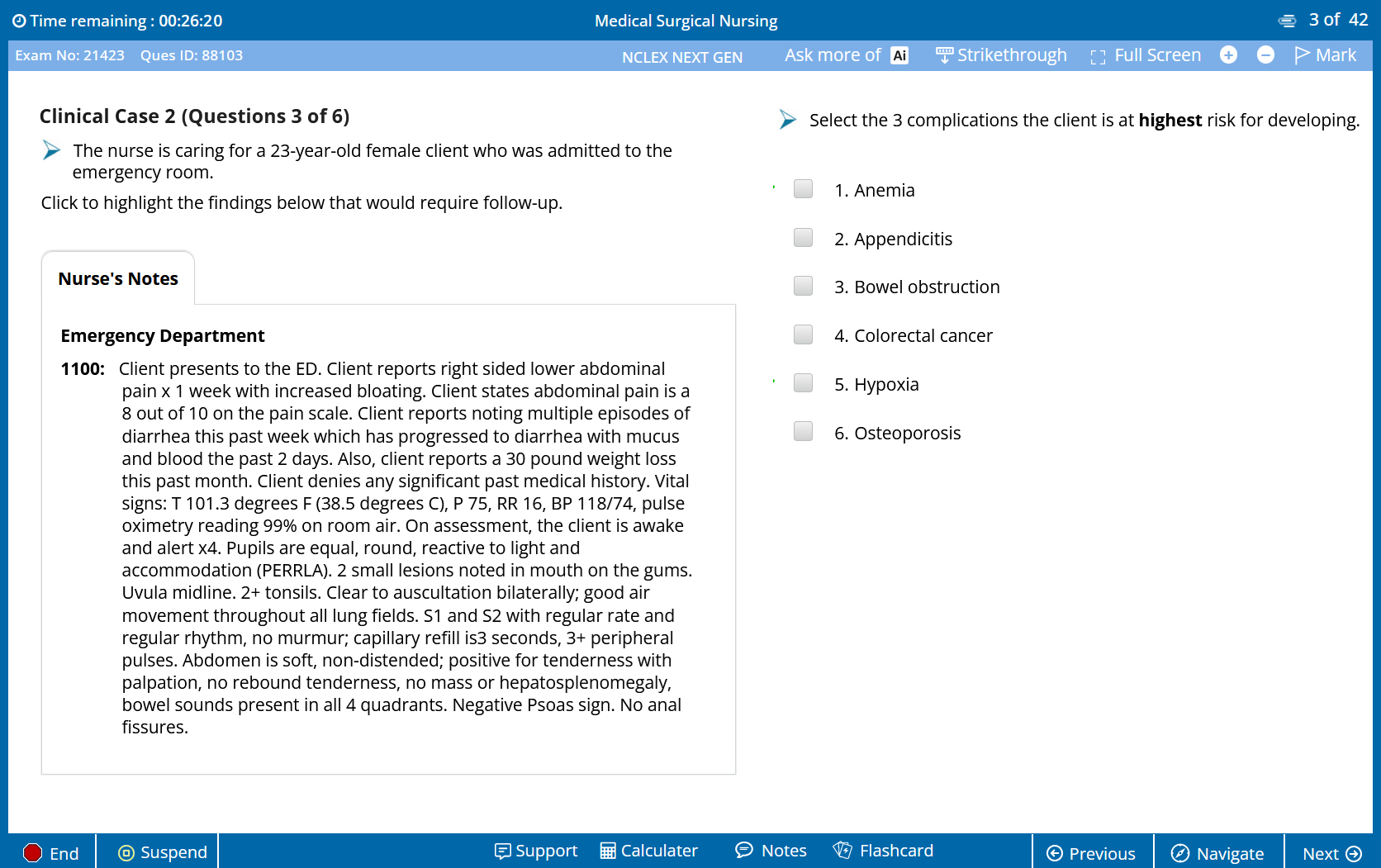
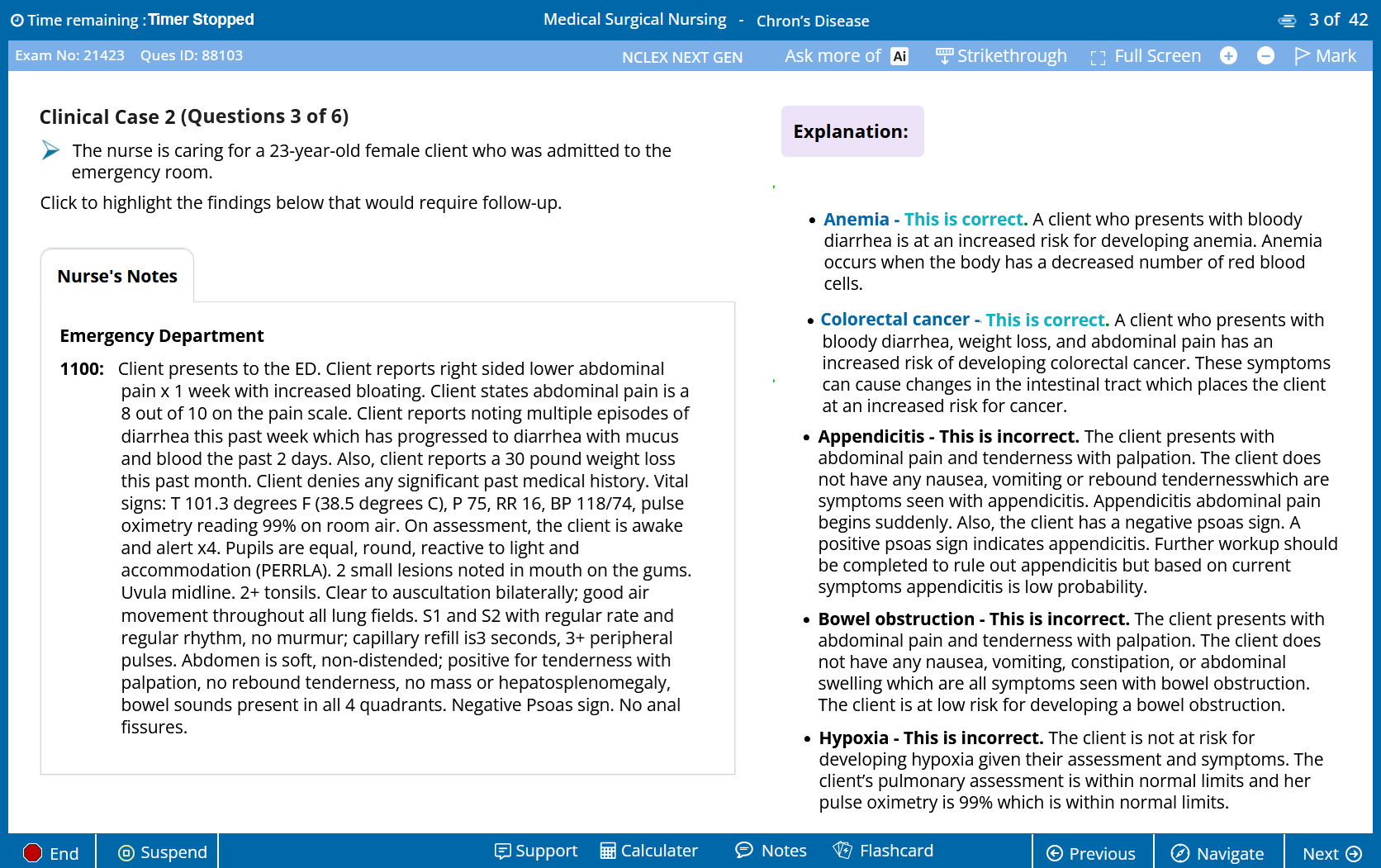
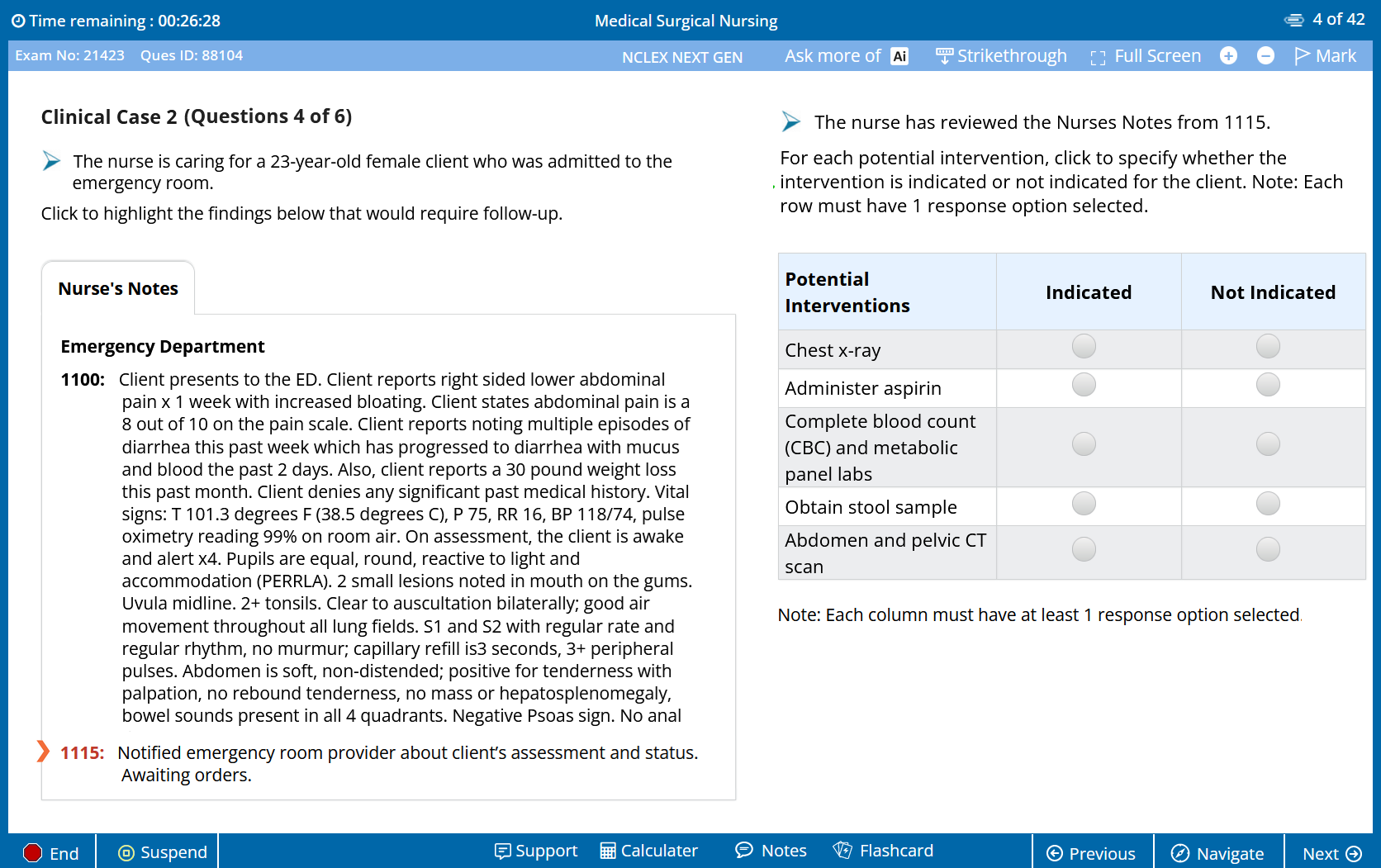
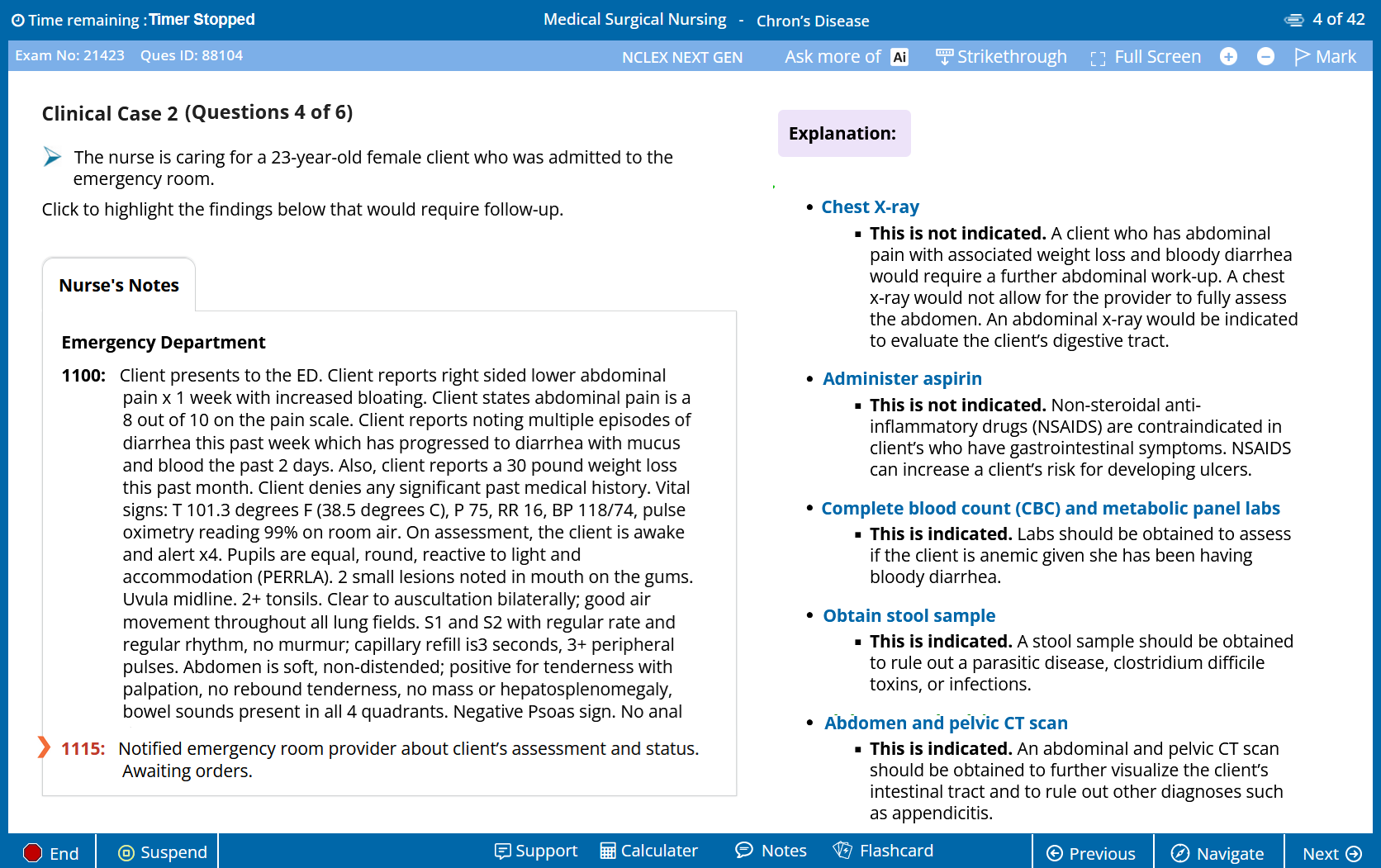
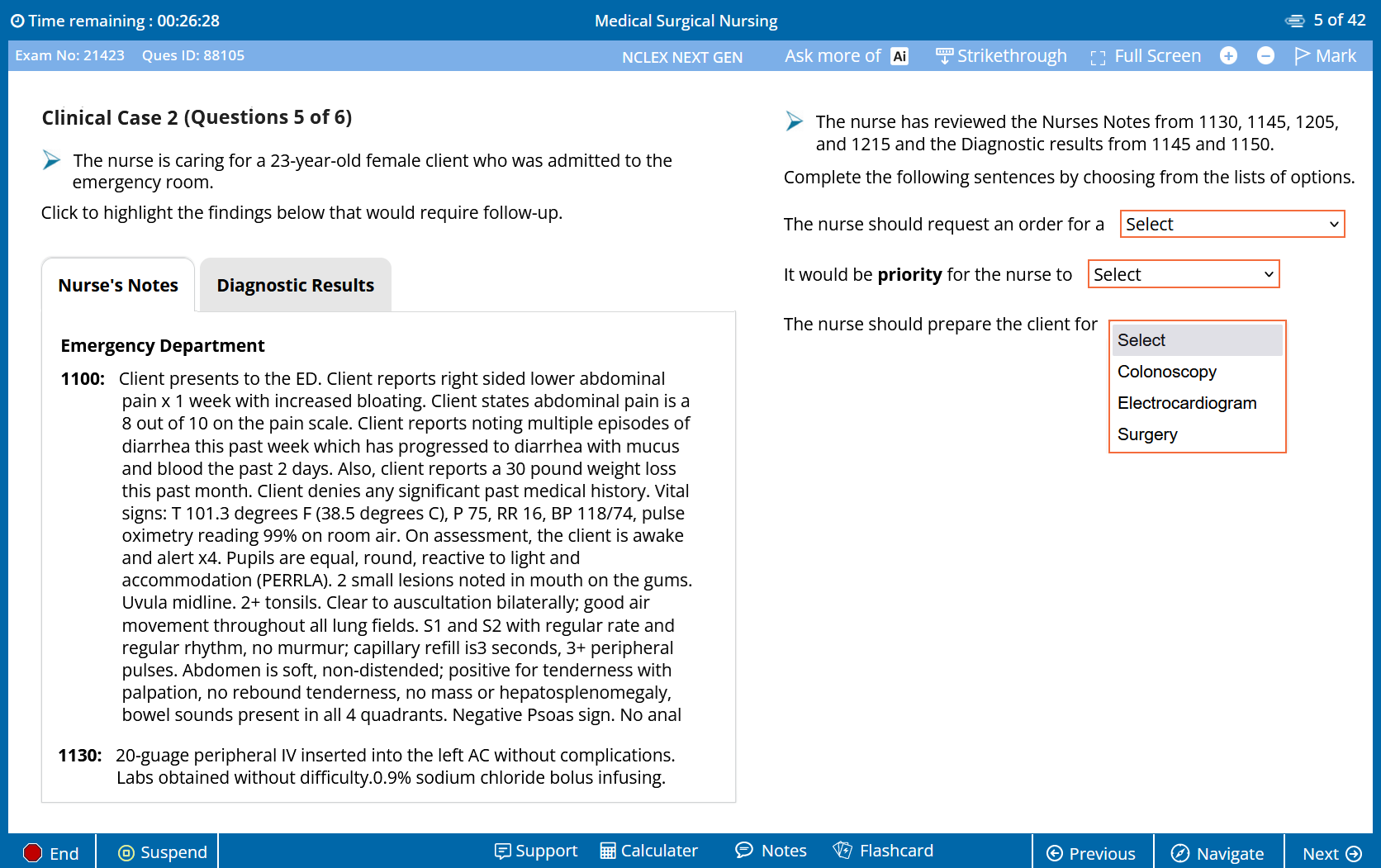
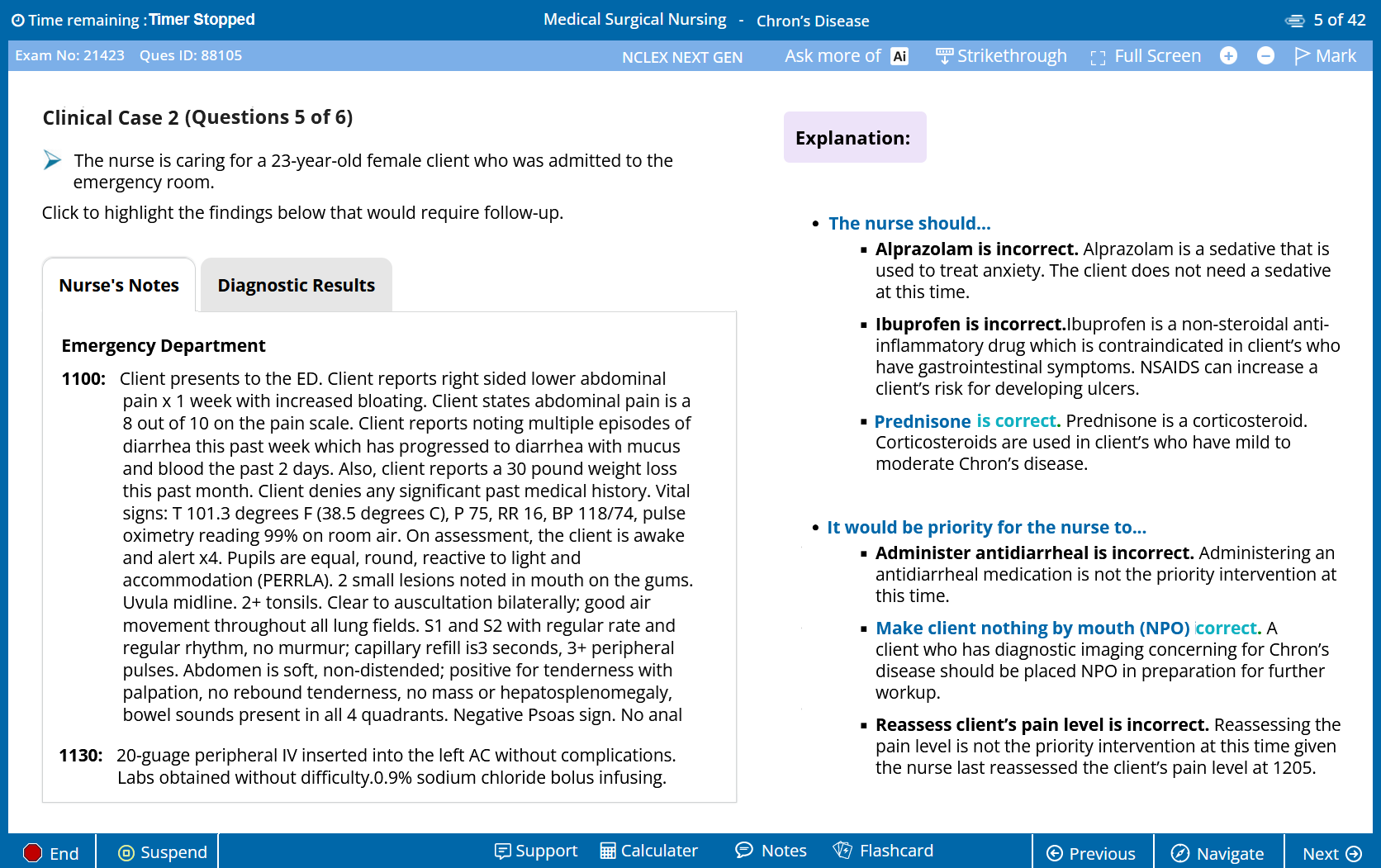
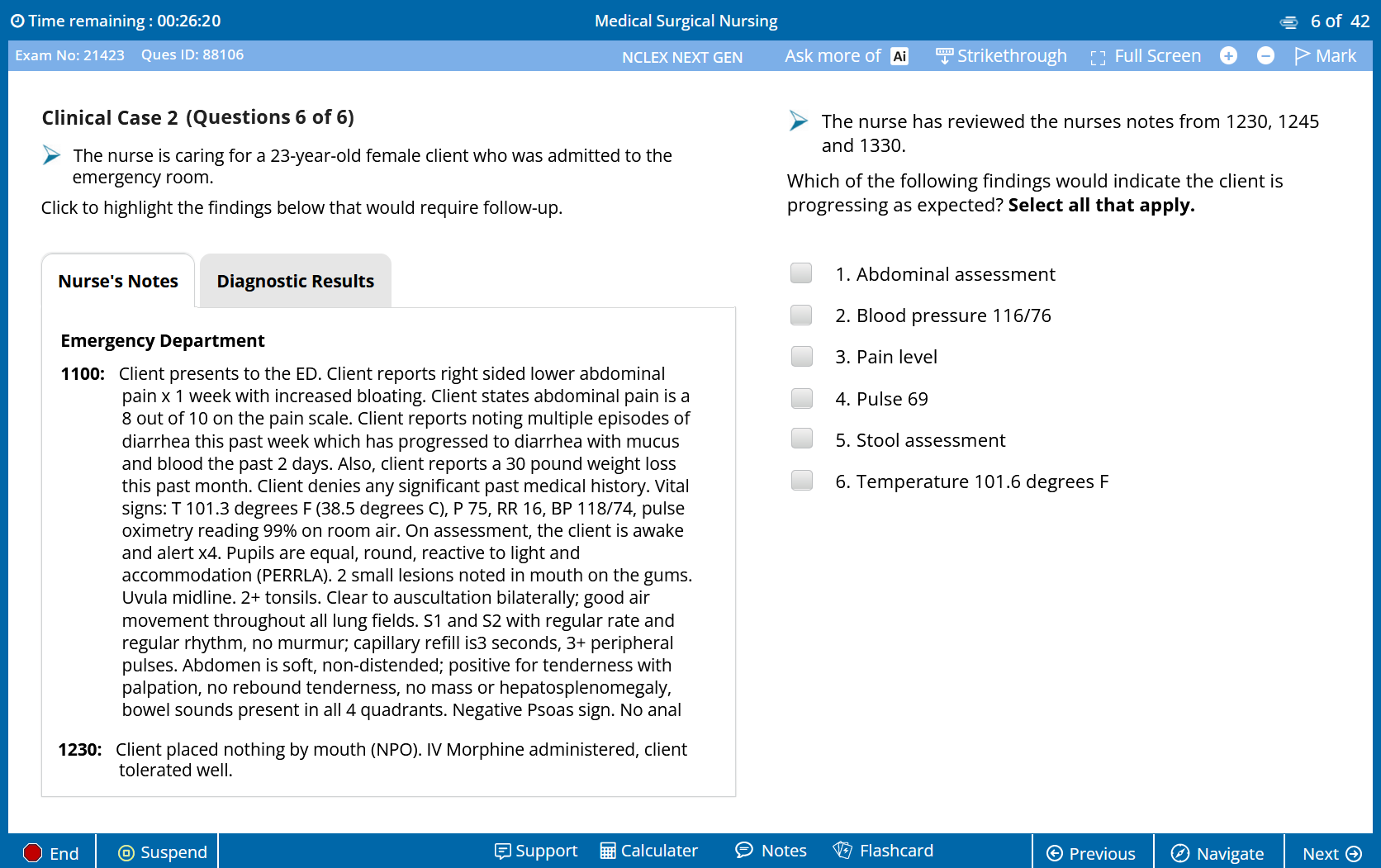
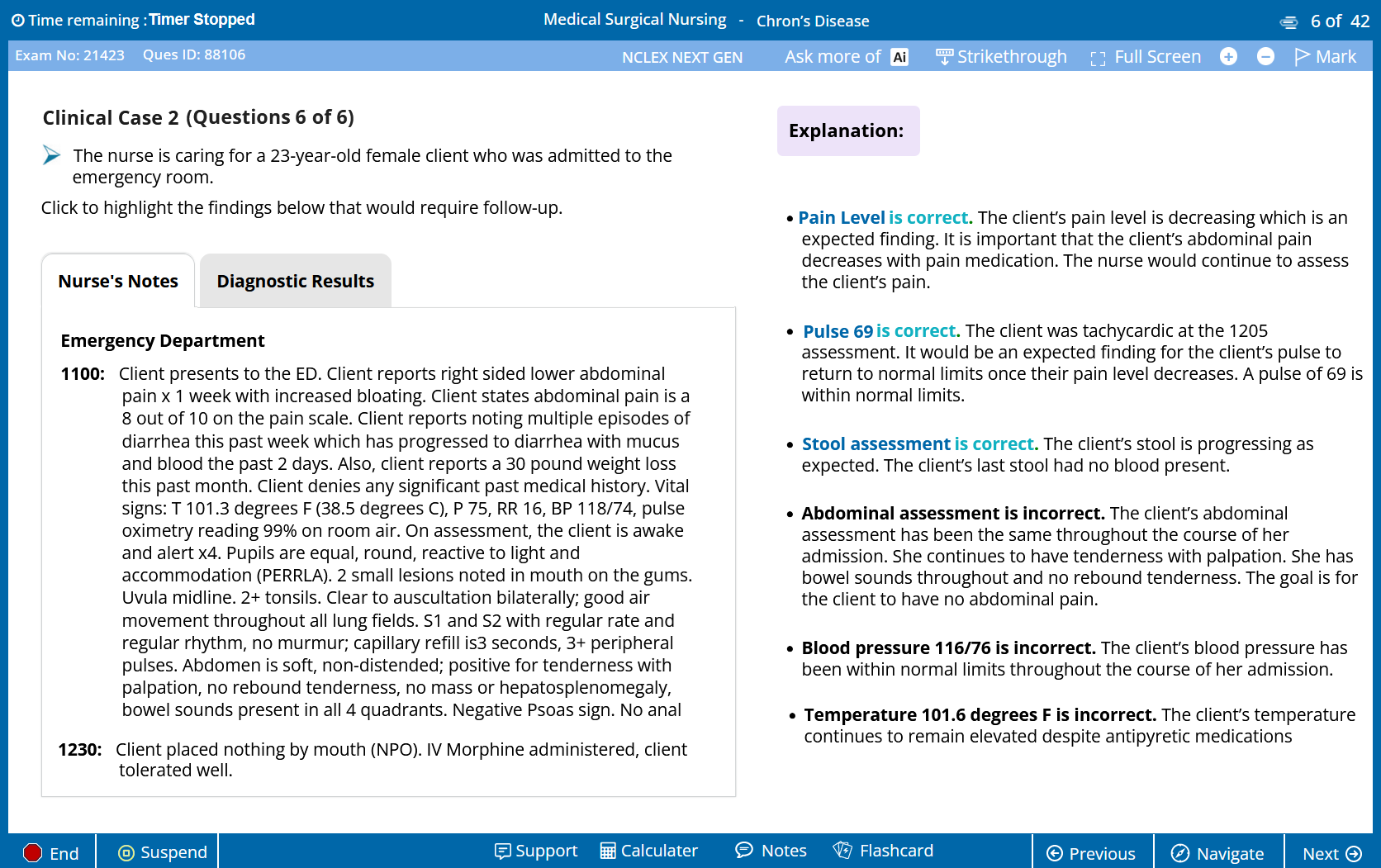
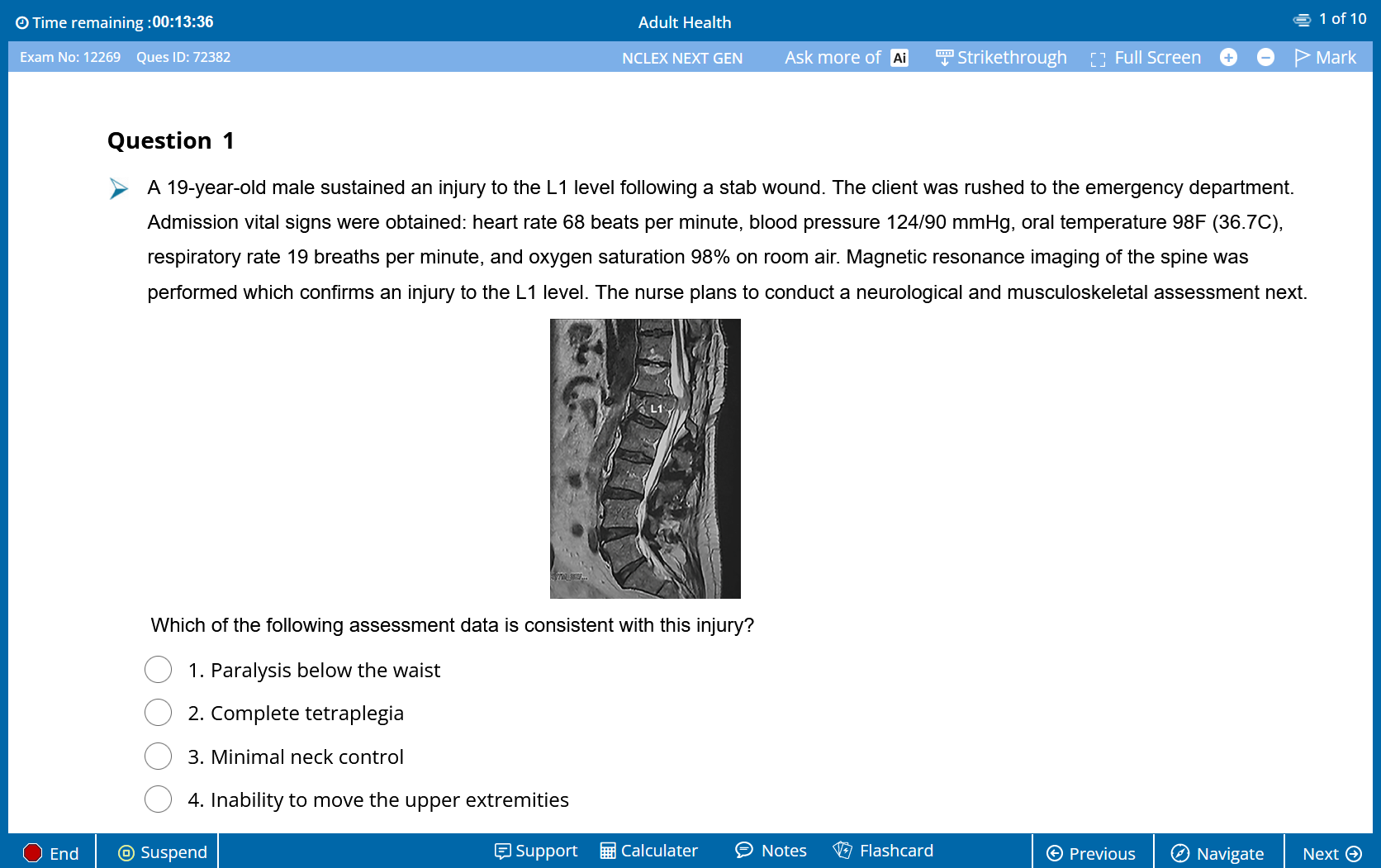
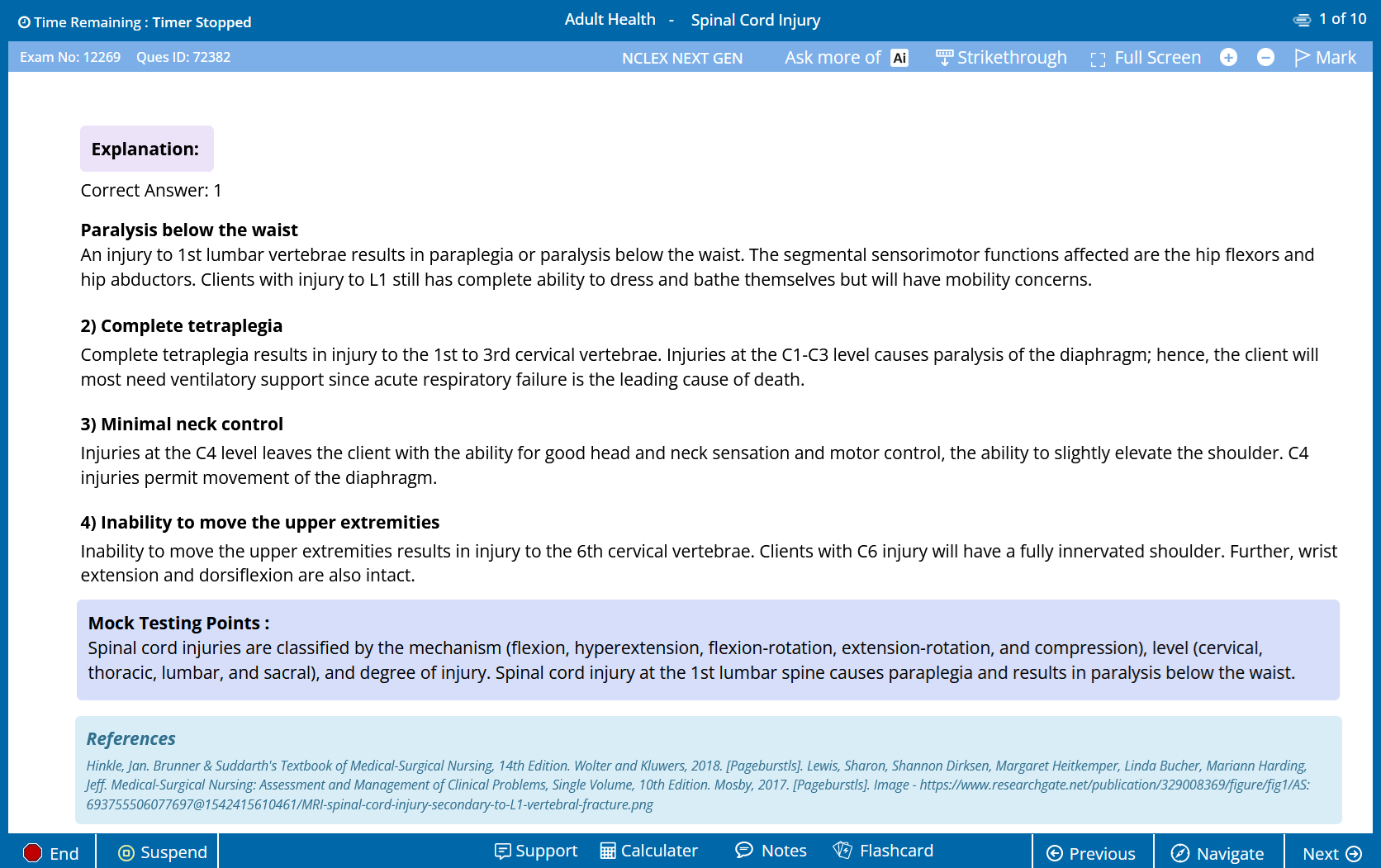
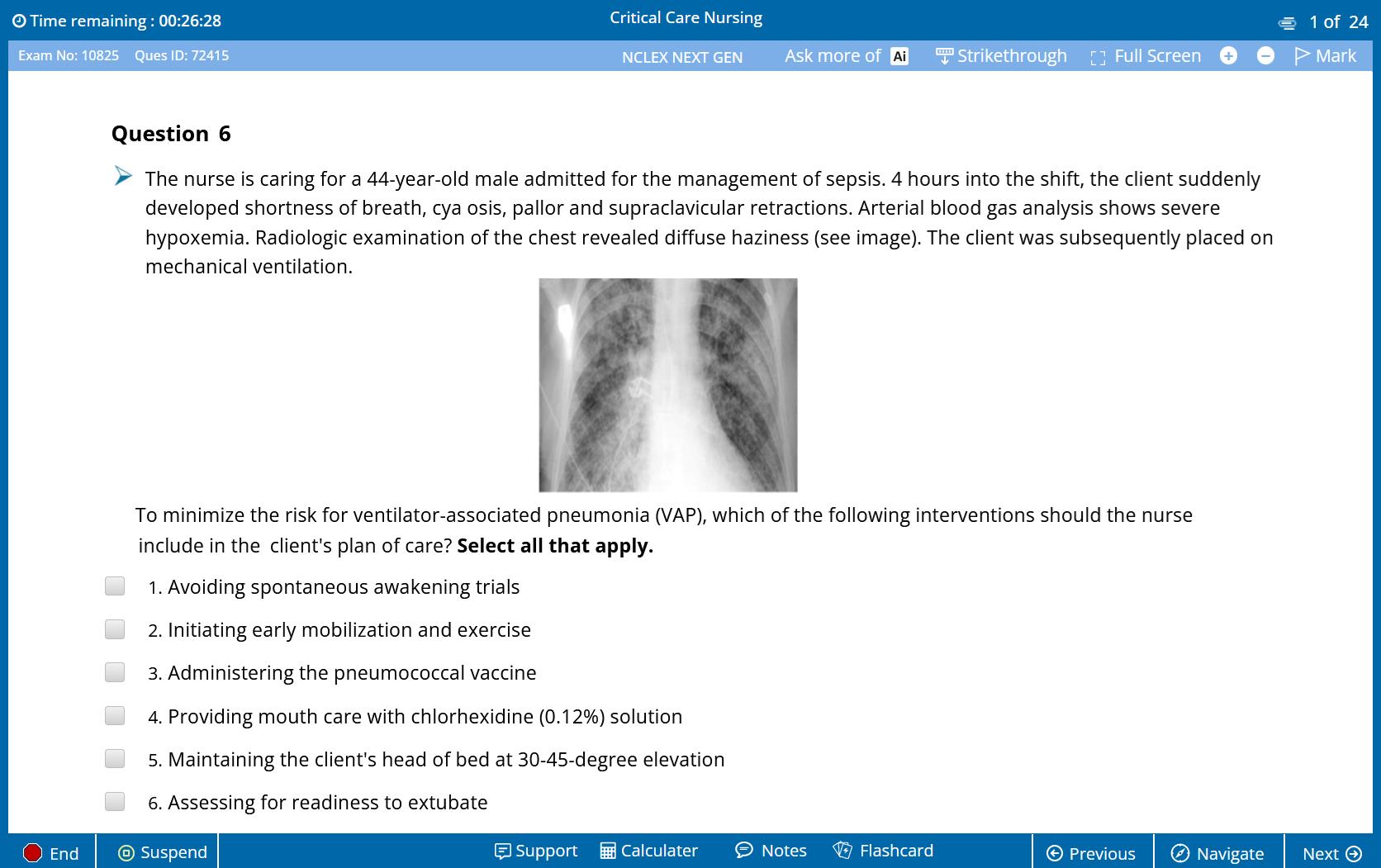
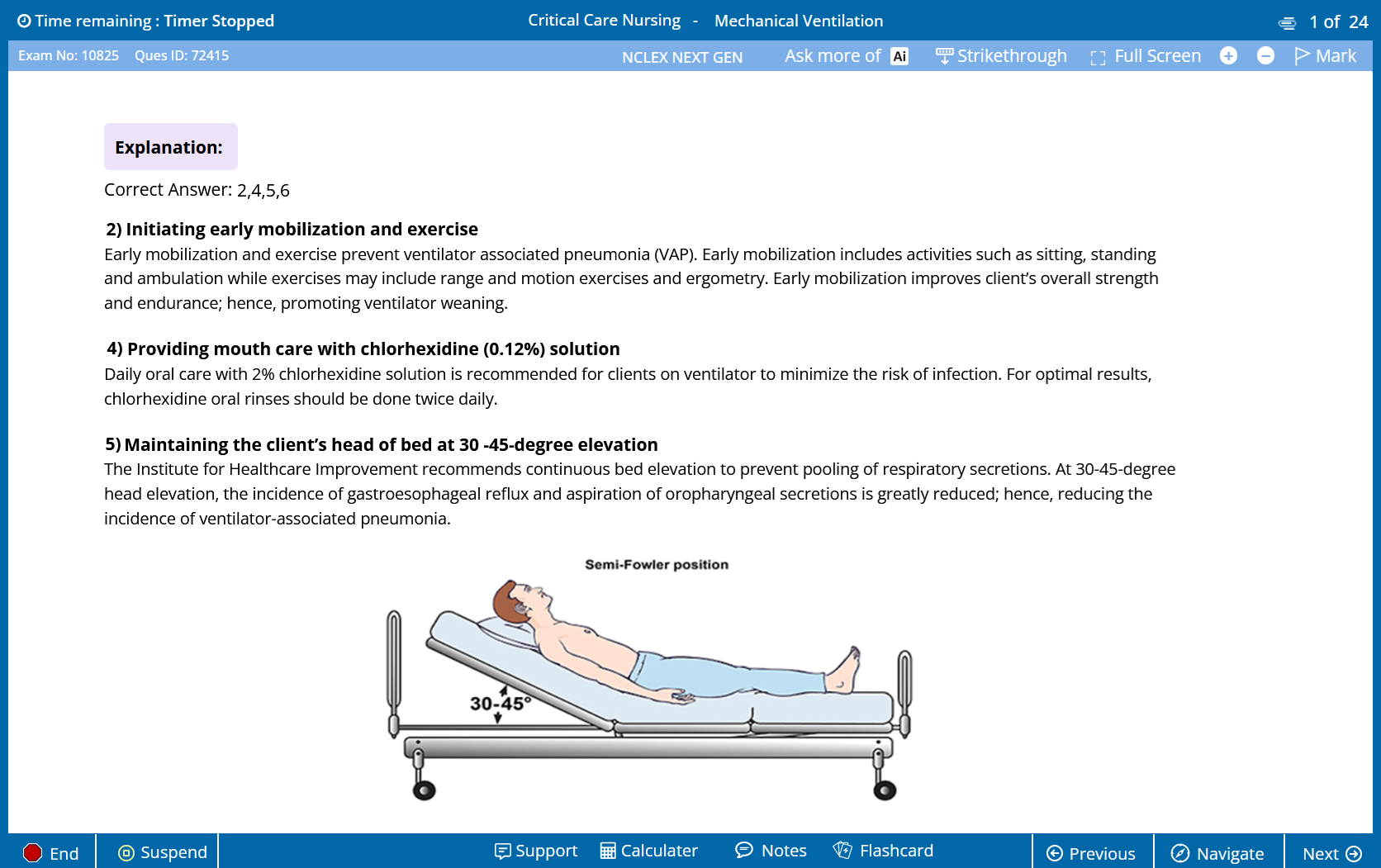
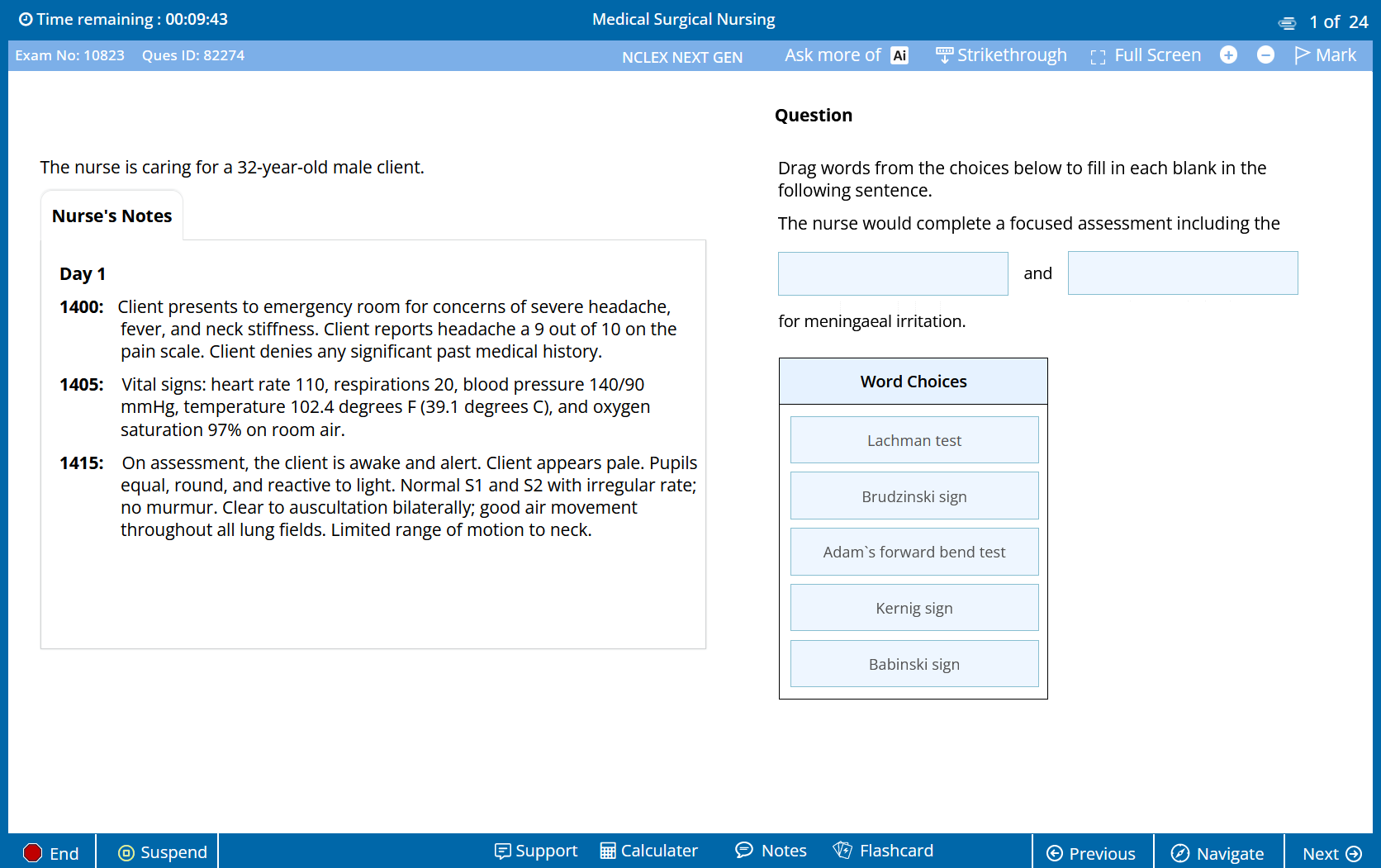
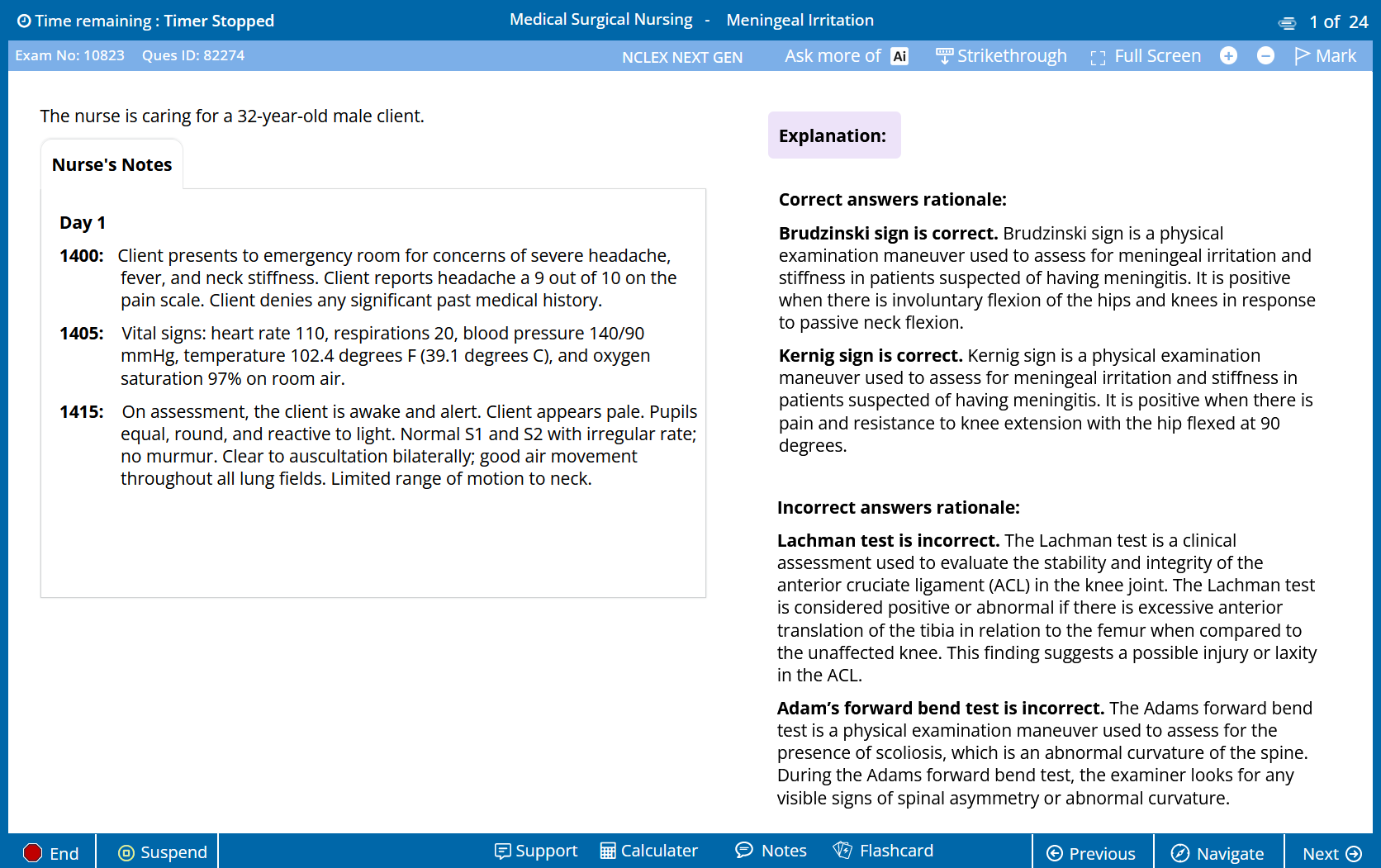
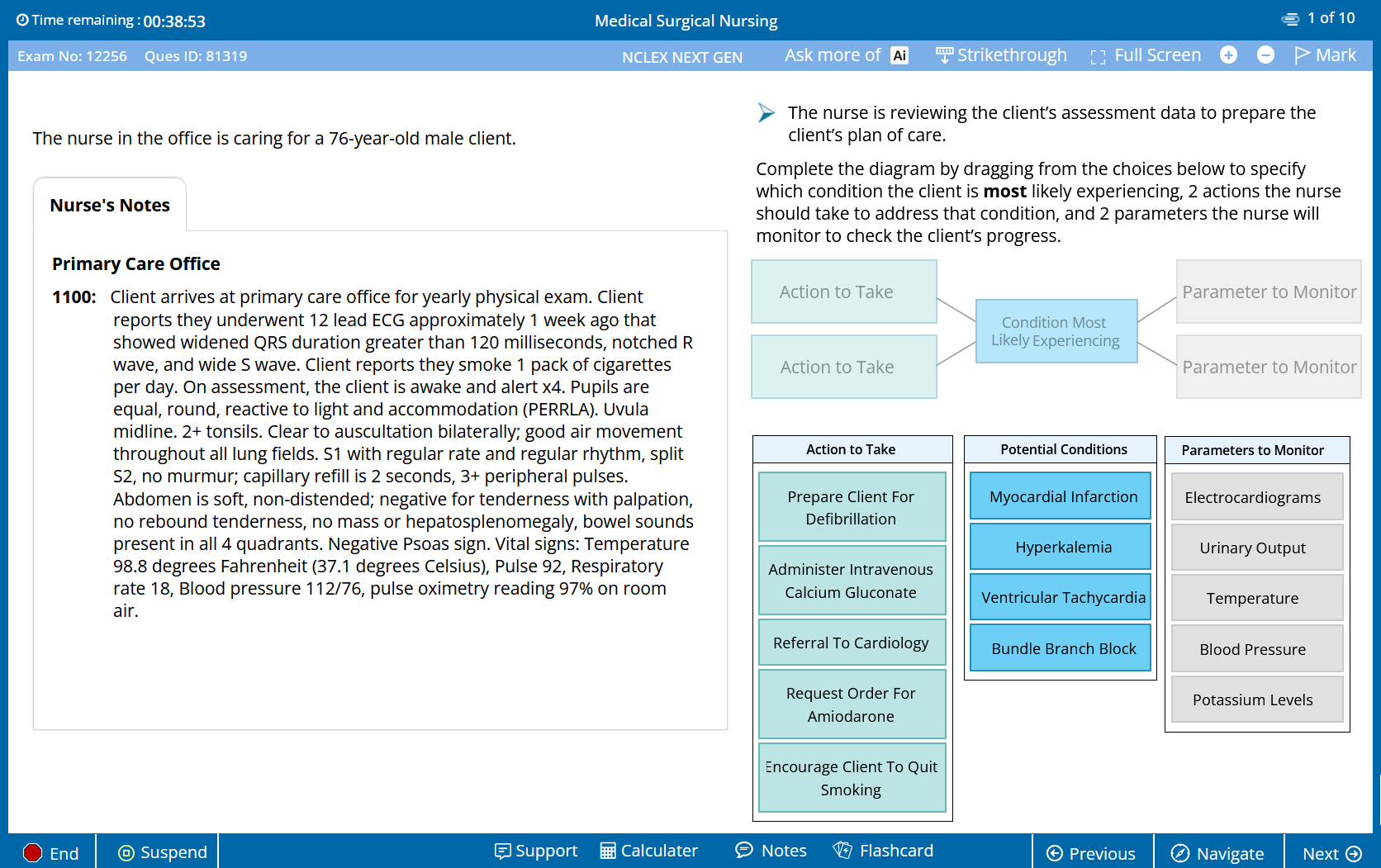
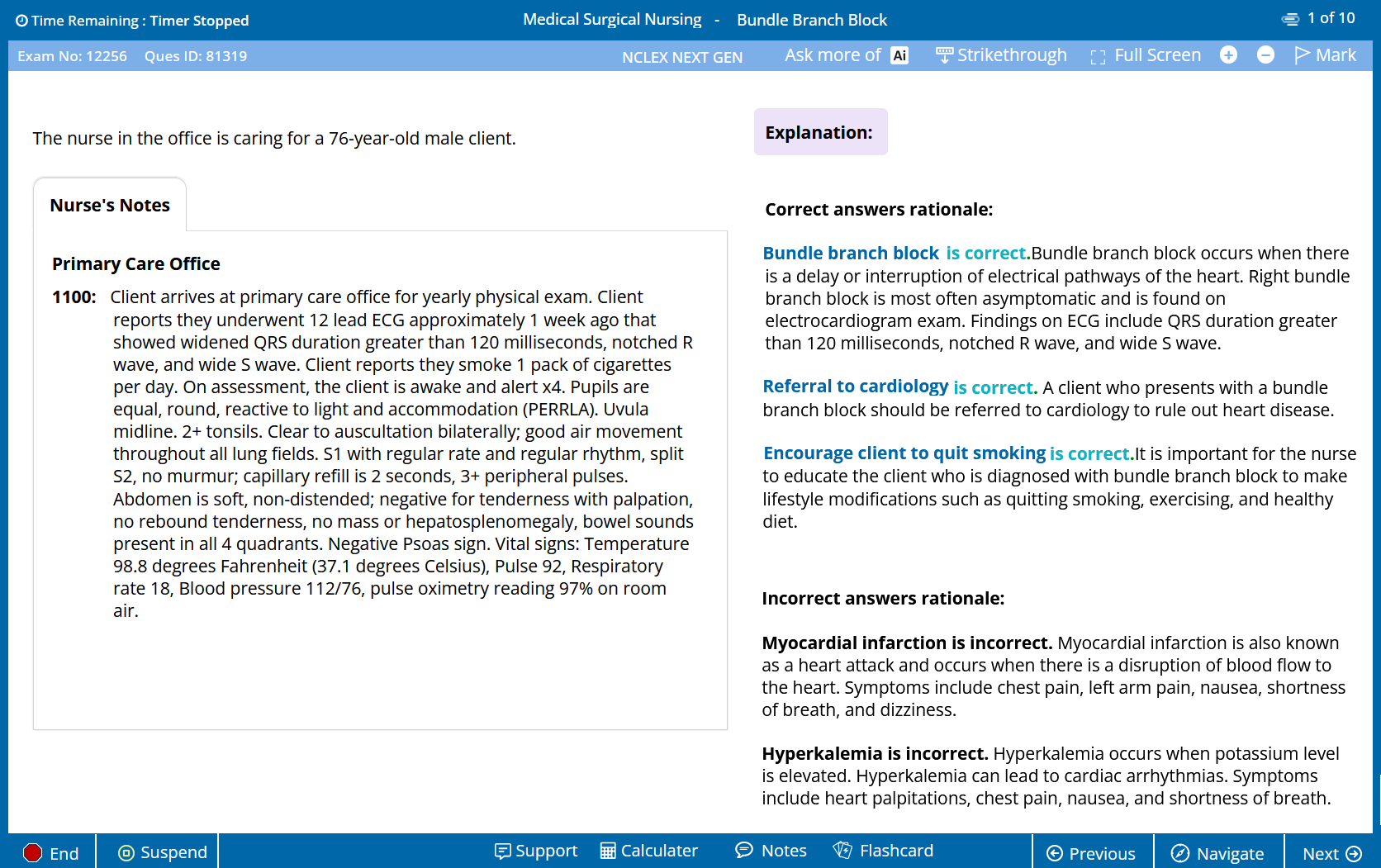
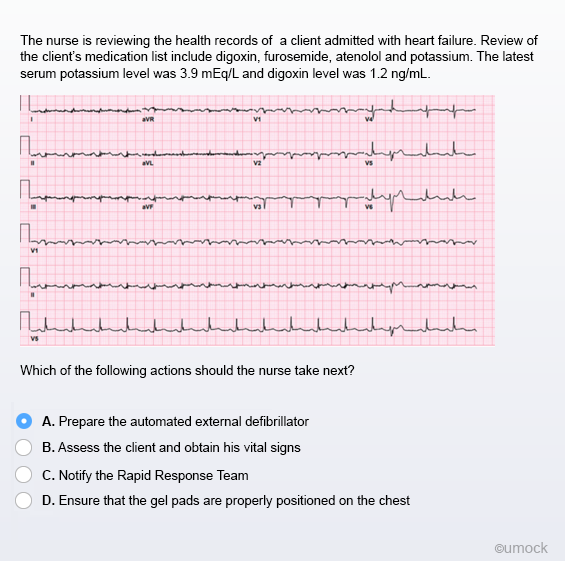
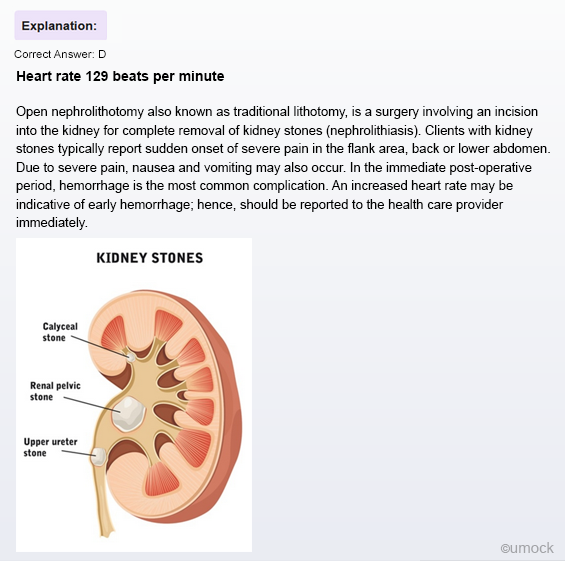


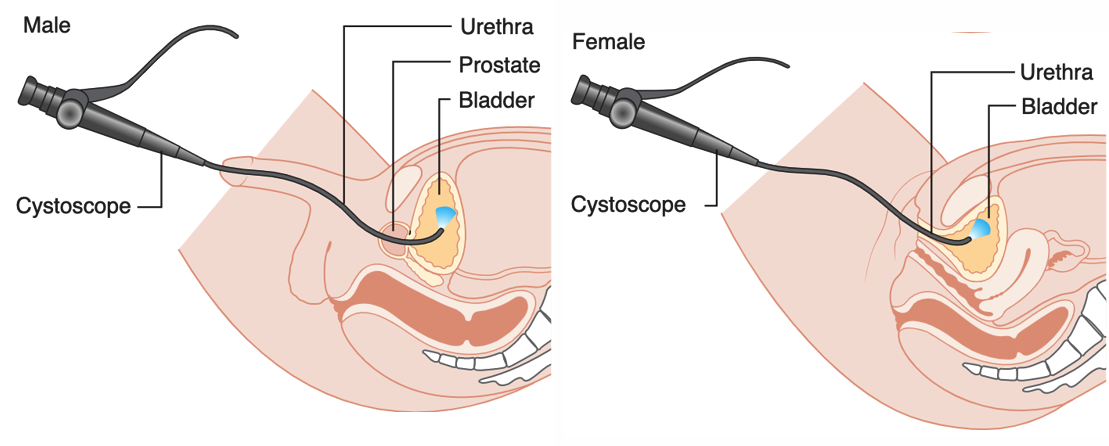
 Feedback
Feedback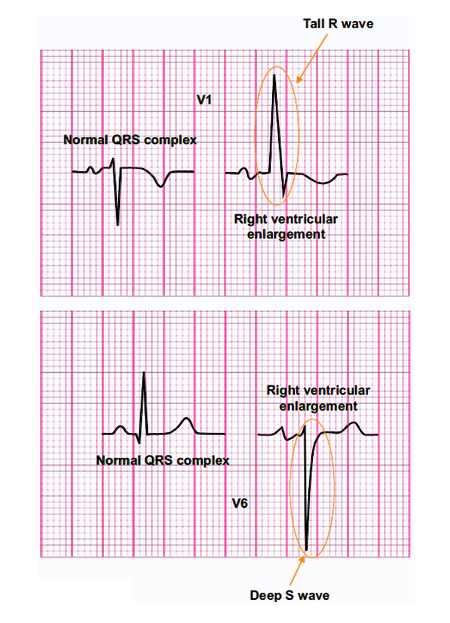



 The course content is writtenly perfectly for how much information you have
to learn to pass the exam. I bundled the course with the mock assessment and
qbank which was a huge help in testing my understanding of each subject.
With how much time and effort you put into nursing school, the course that
UMock offers truly ensures you’re fully prepared with absolutely everything
you need to perform above the passing standard across each NCLEX test
category.
The course content is writtenly perfectly for how much information you have
to learn to pass the exam. I bundled the course with the mock assessment and
qbank which was a huge help in testing my understanding of each subject.
With how much time and effort you put into nursing school, the course that
UMock offers truly ensures you’re fully prepared with absolutely everything
you need to perform above the passing standard across each NCLEX test
category.